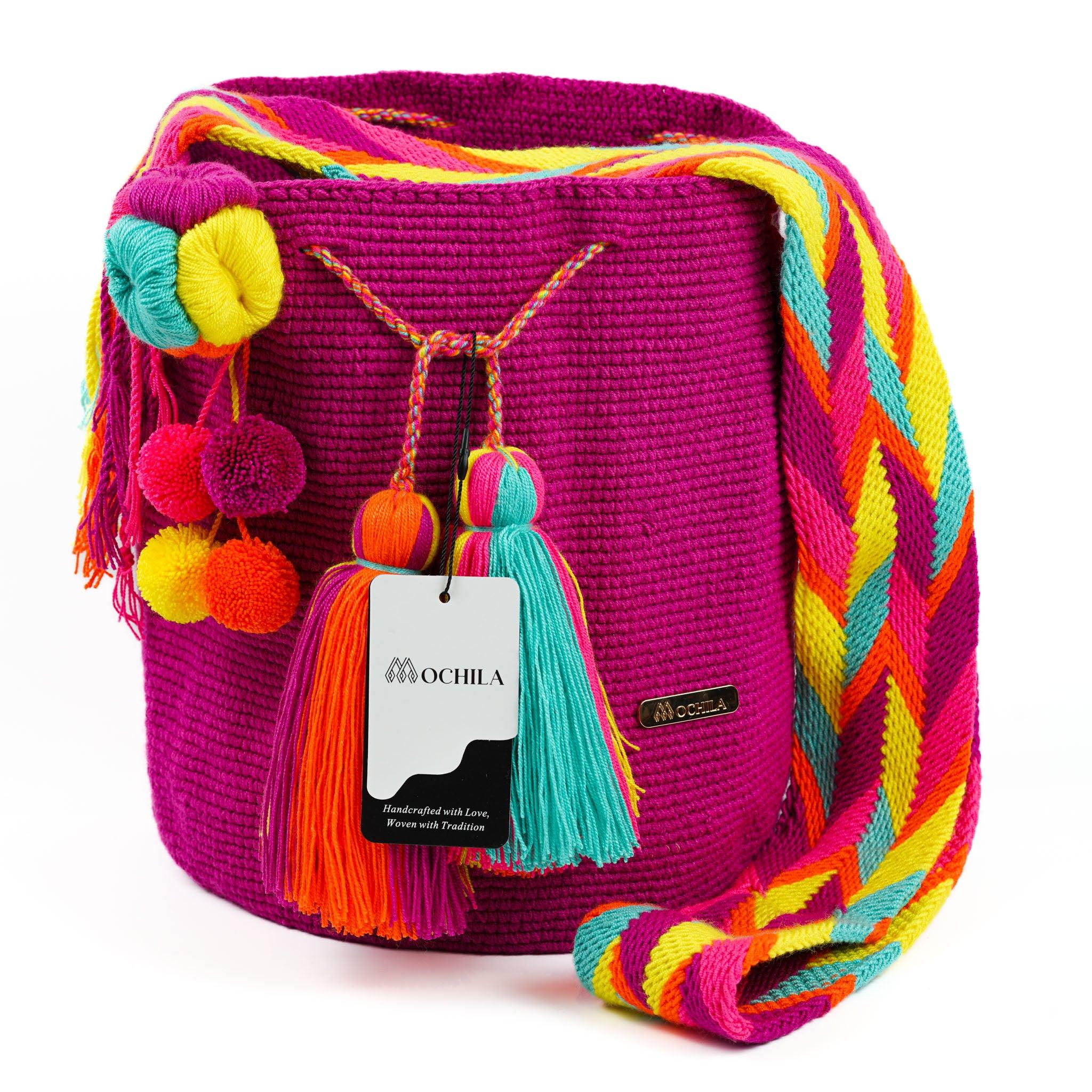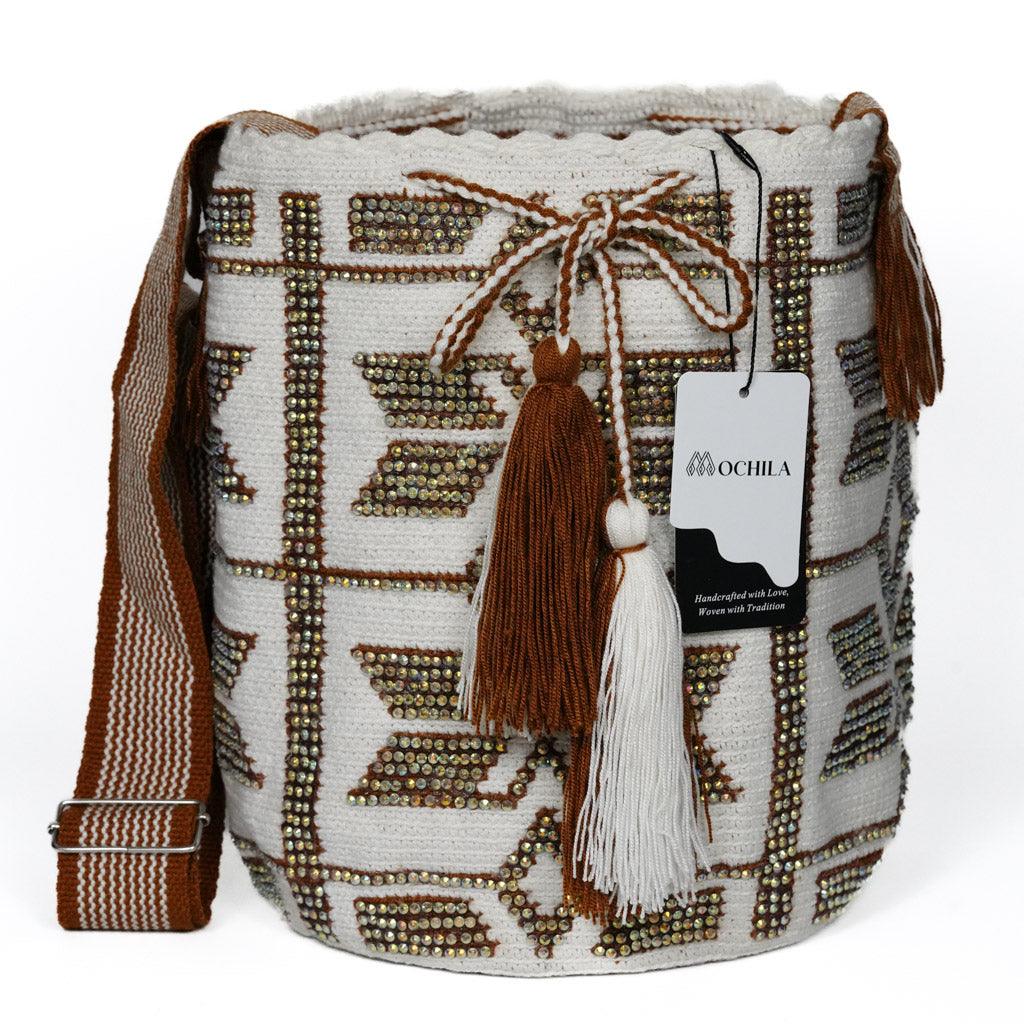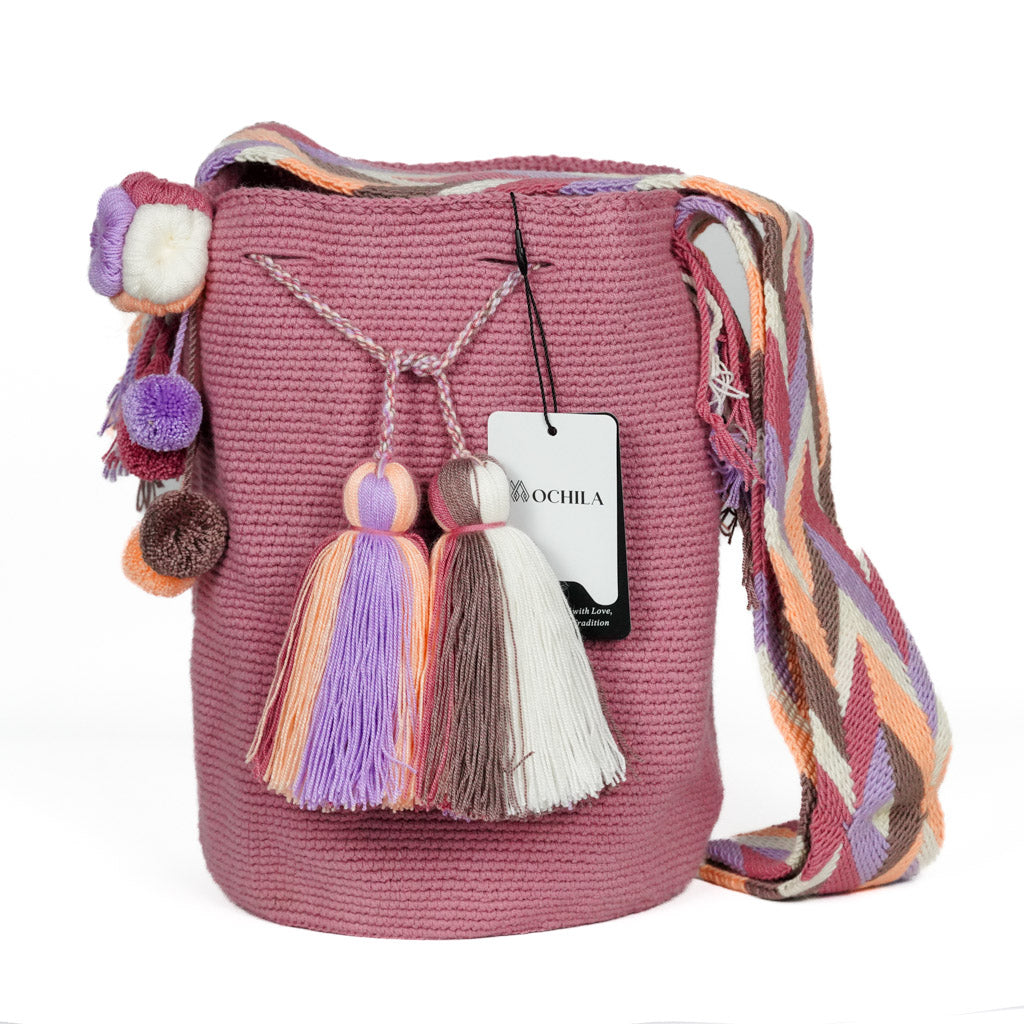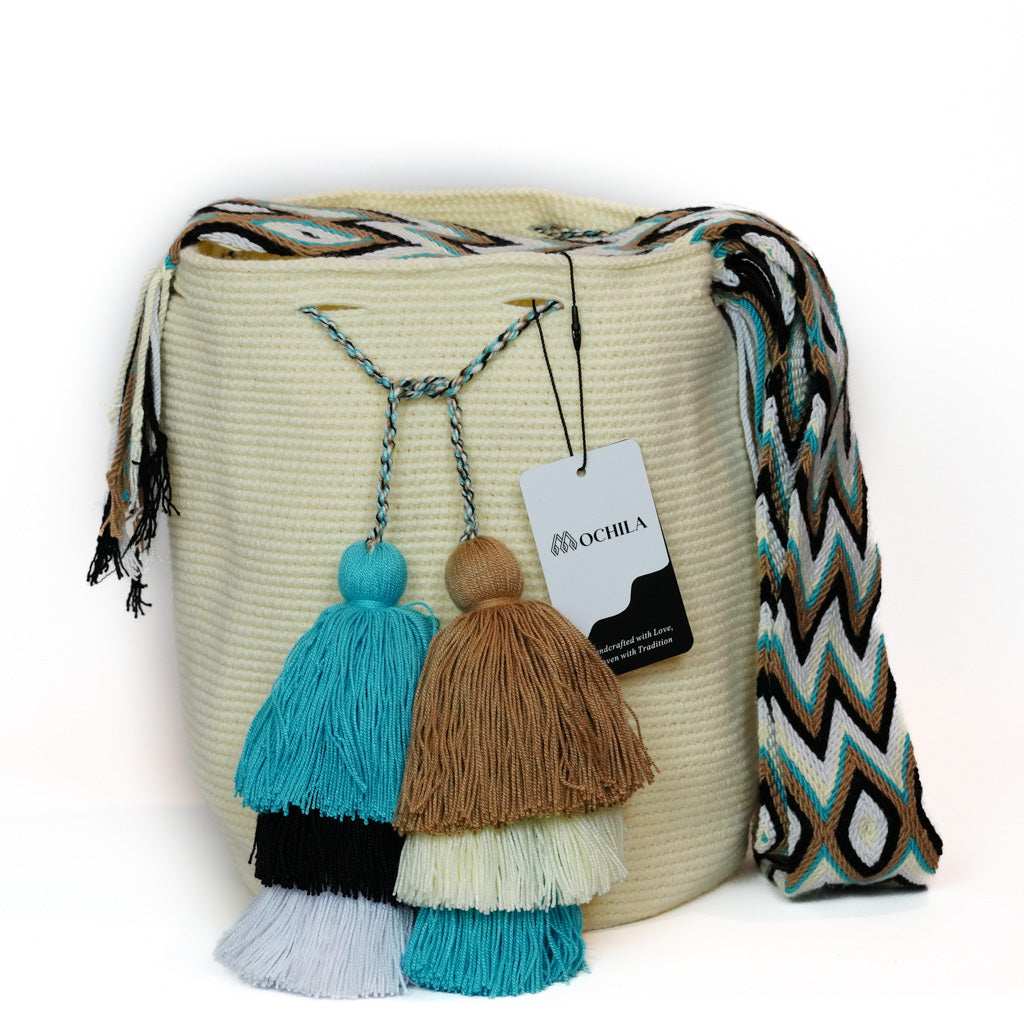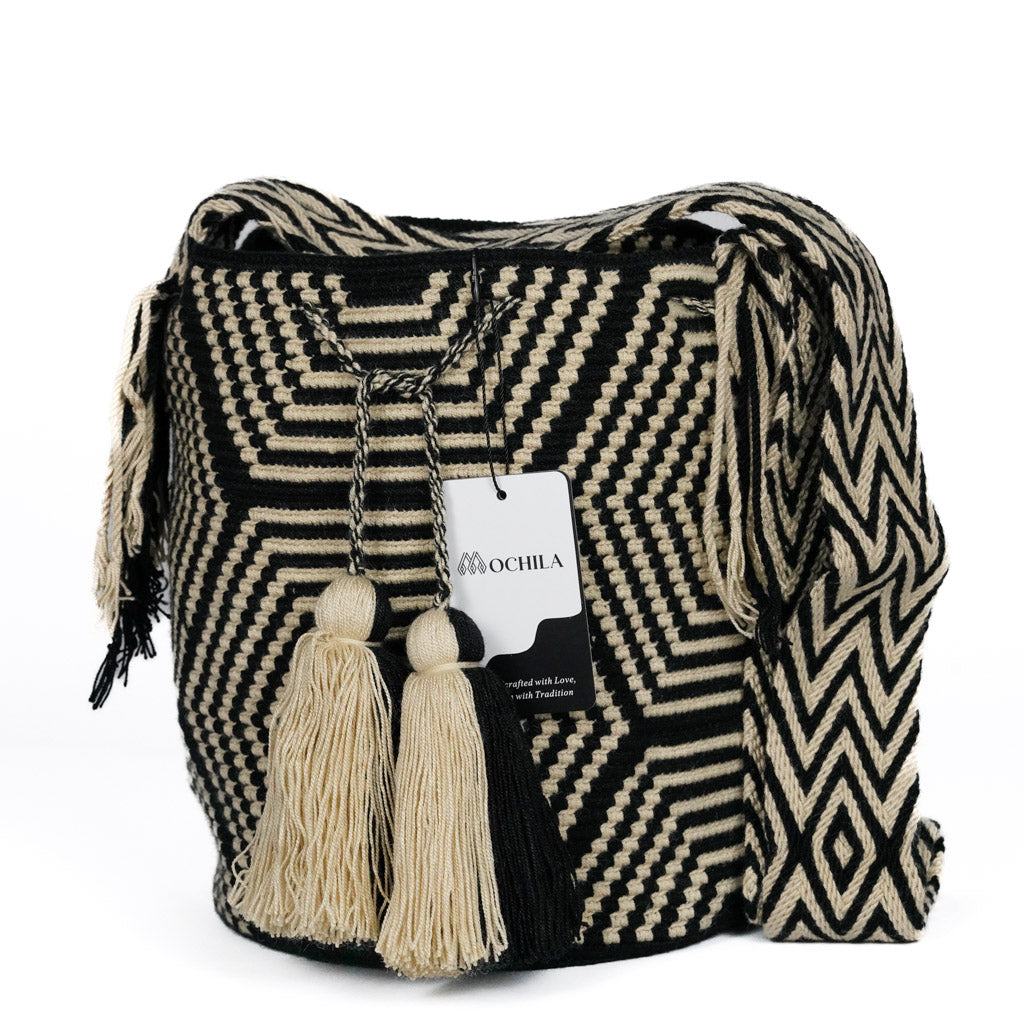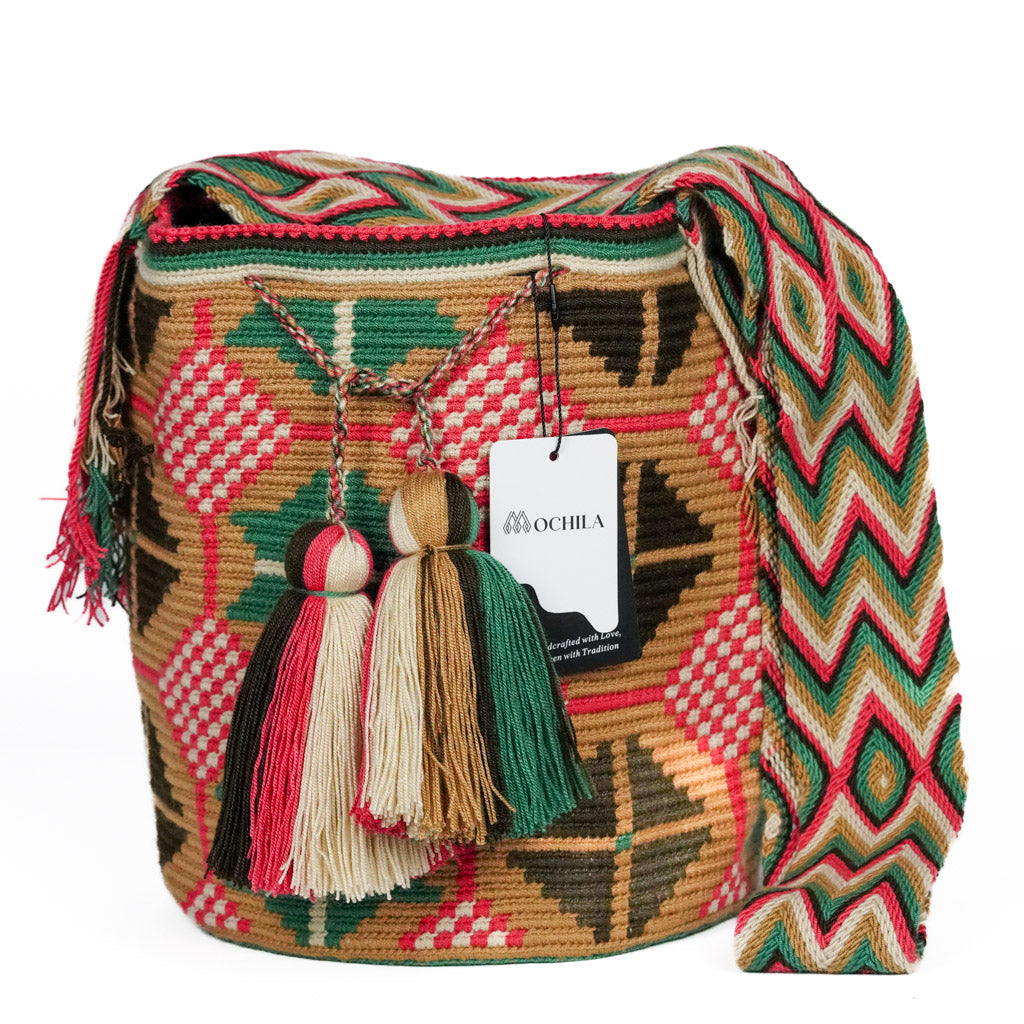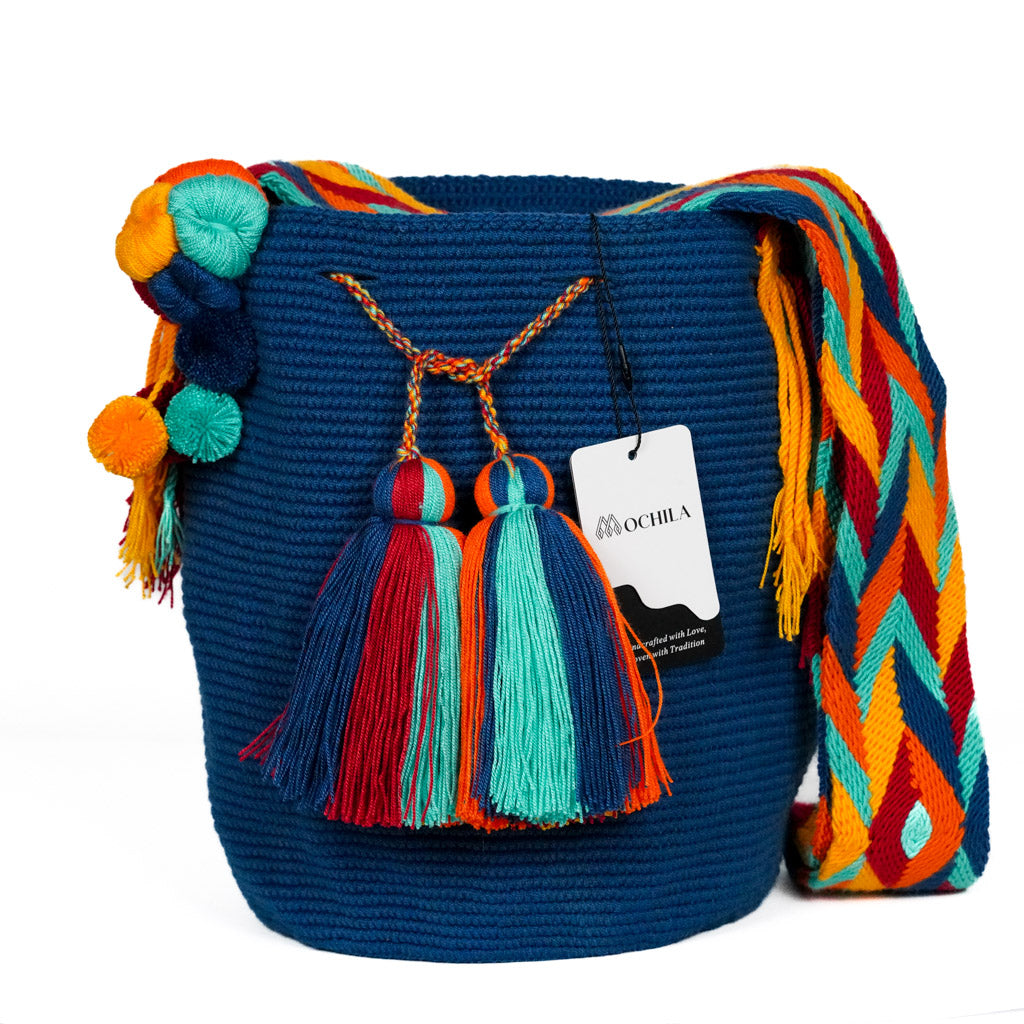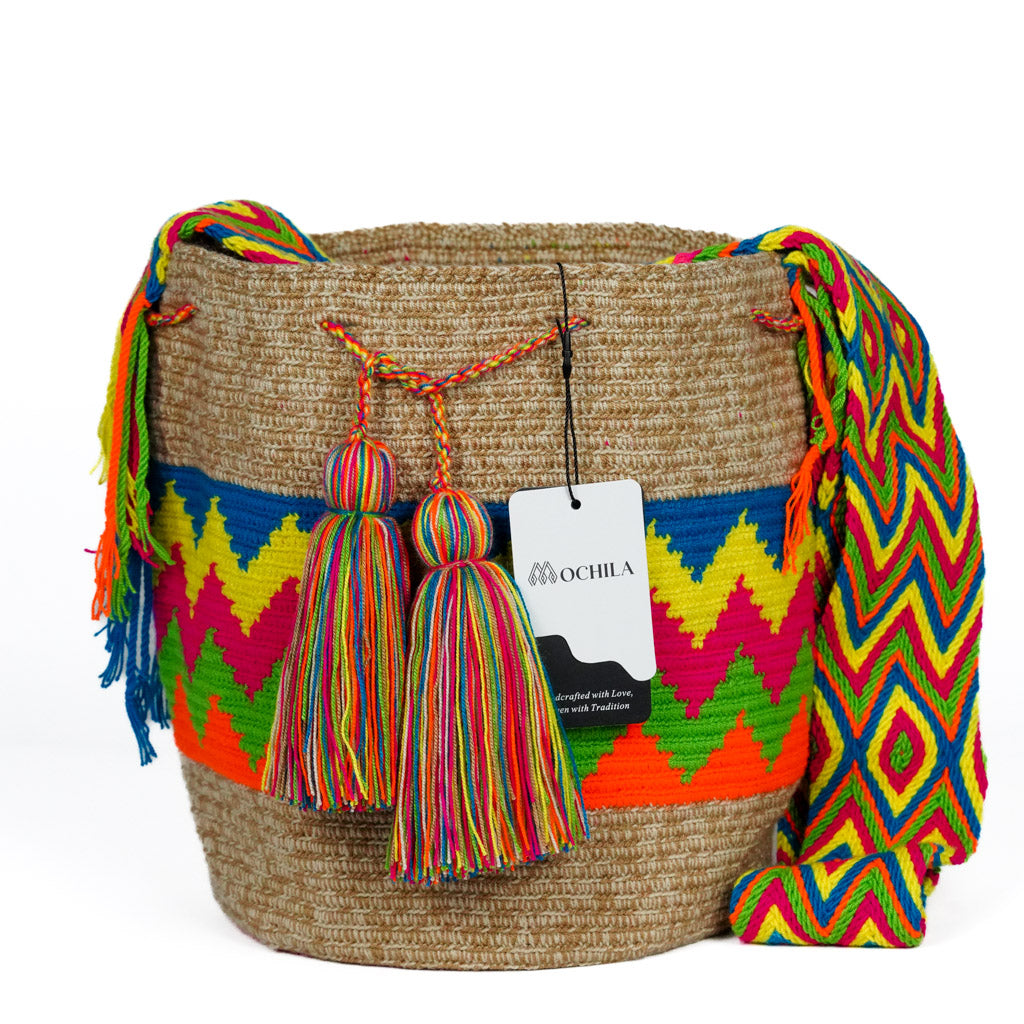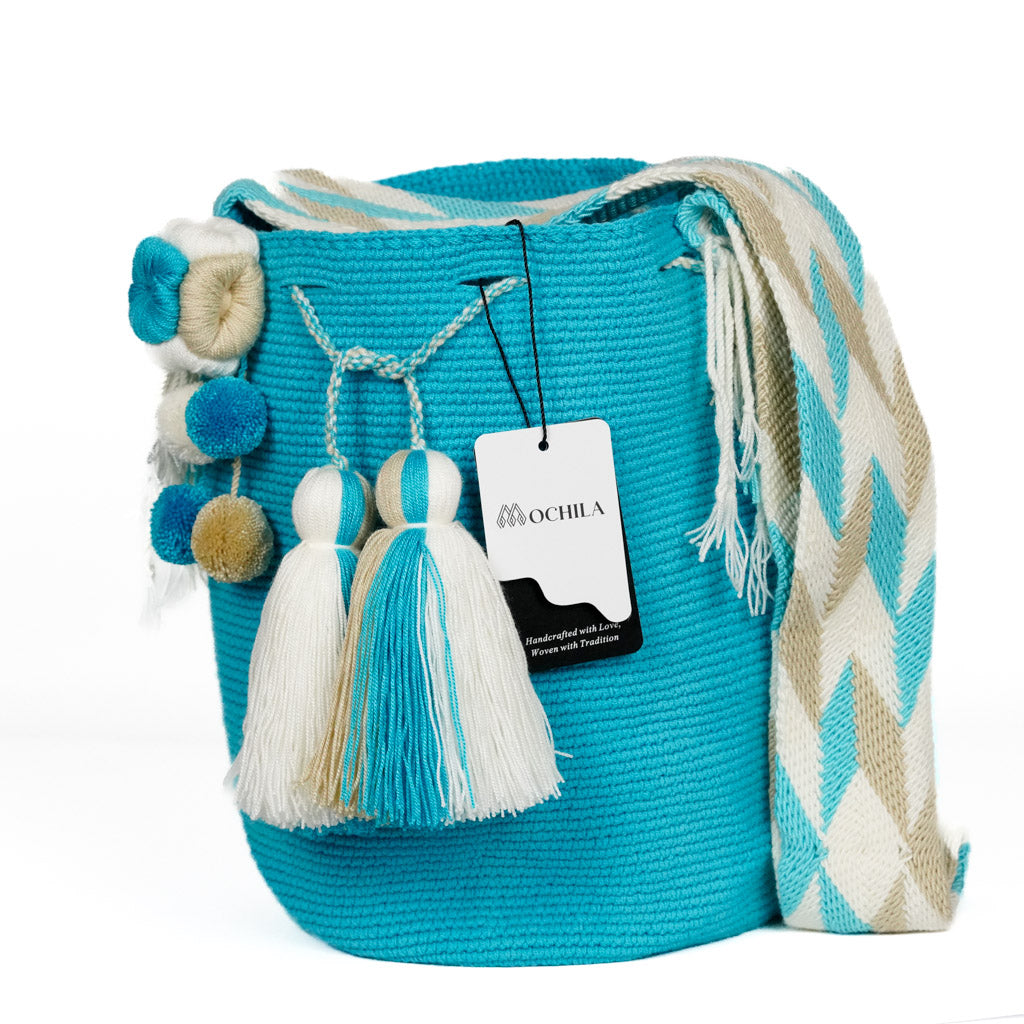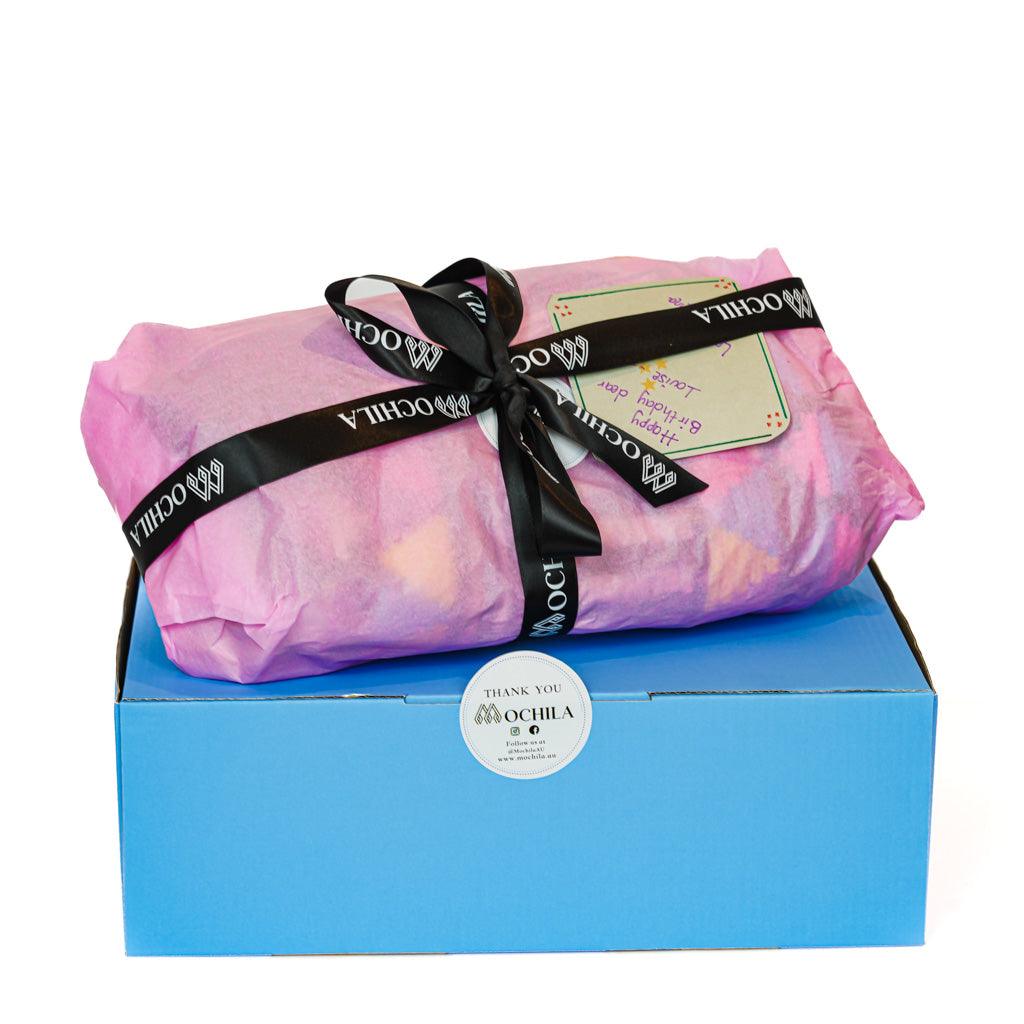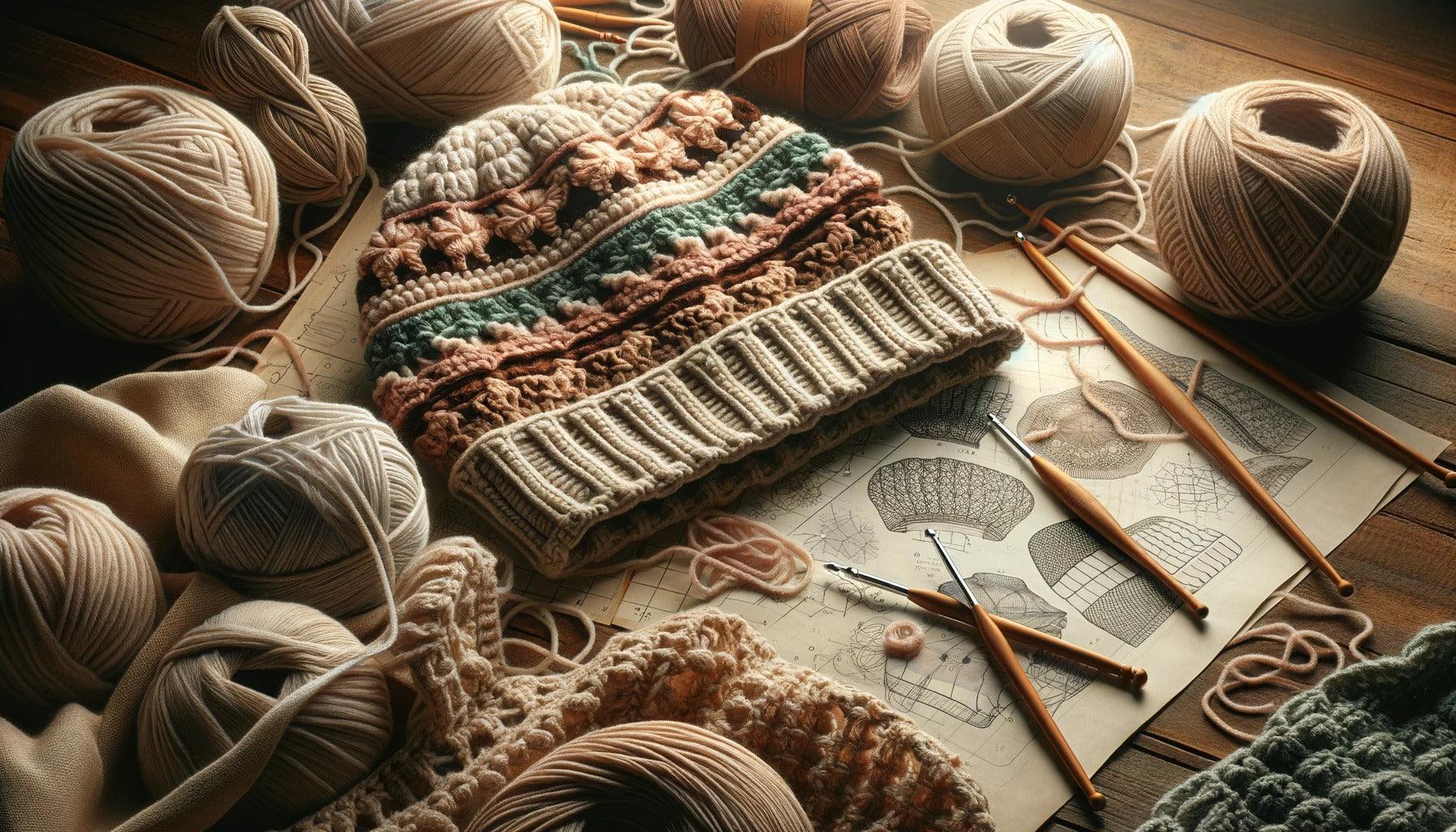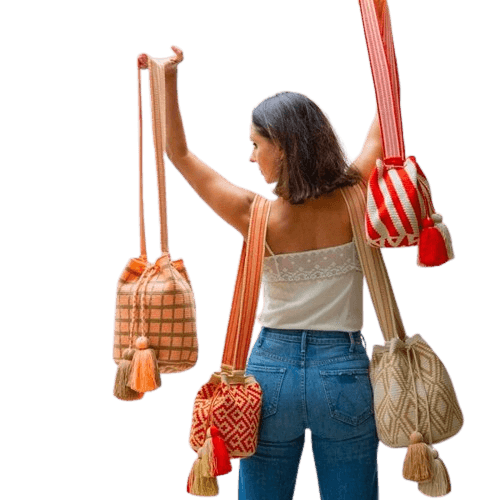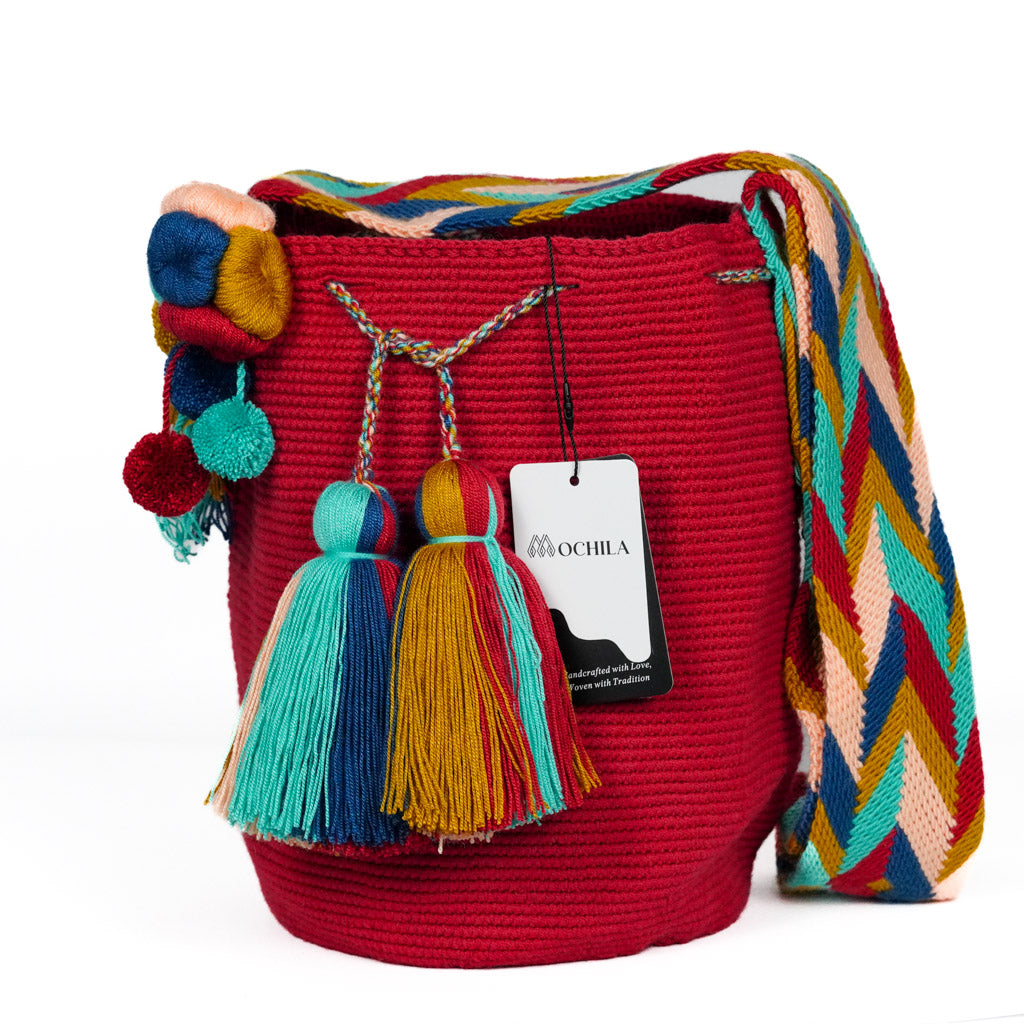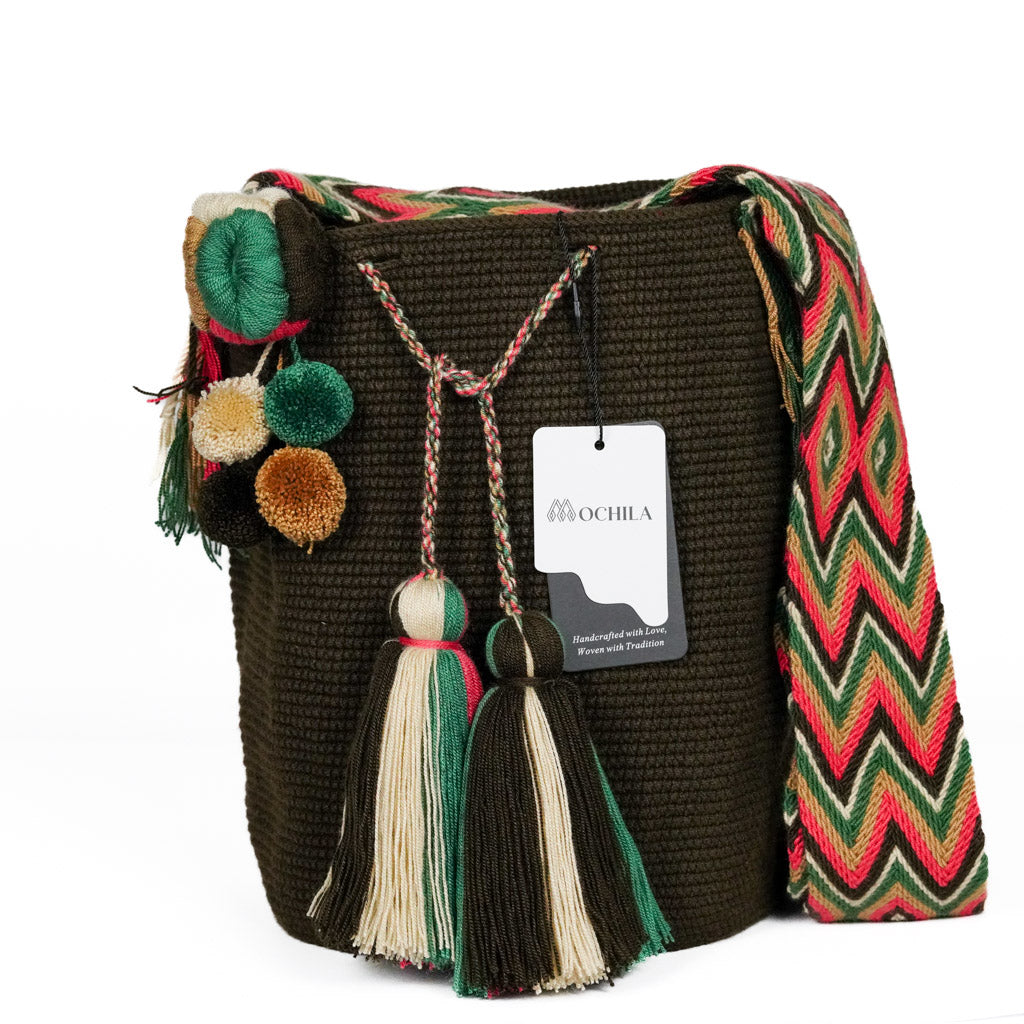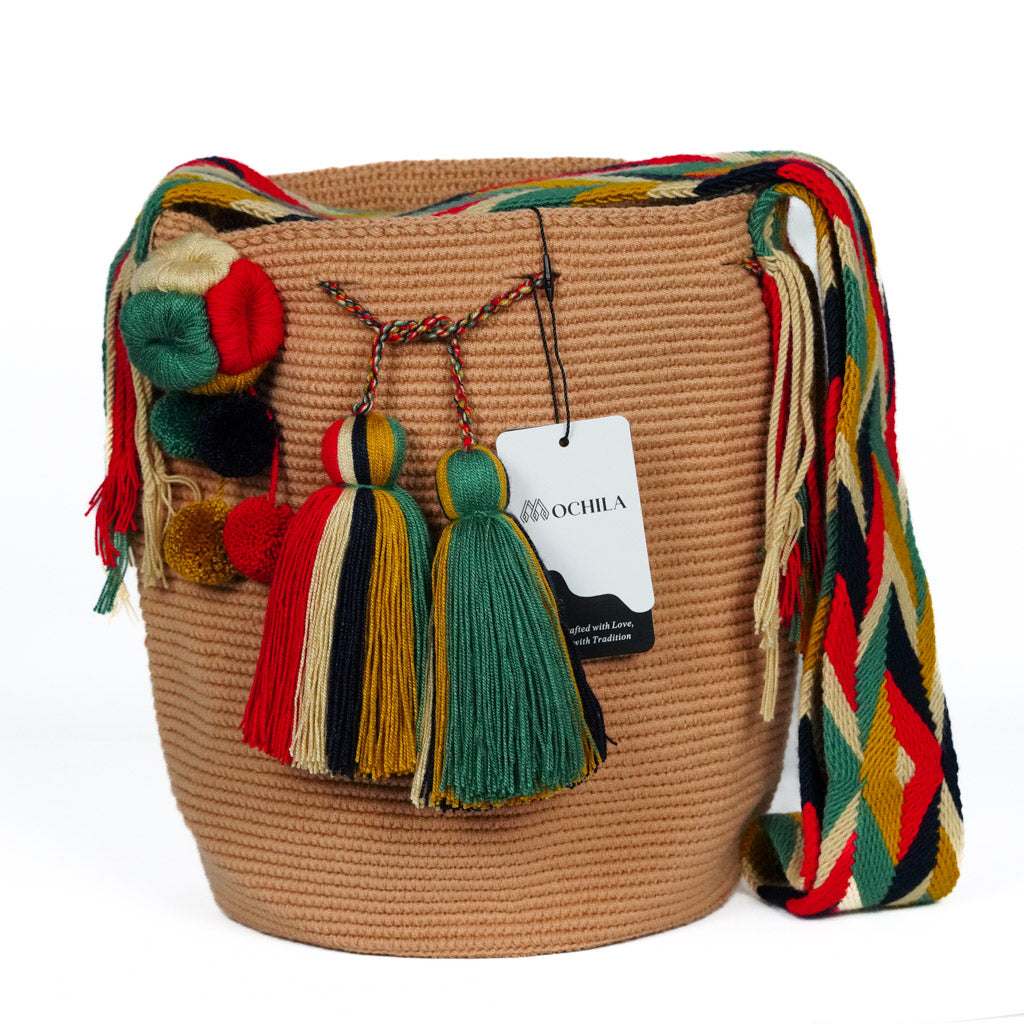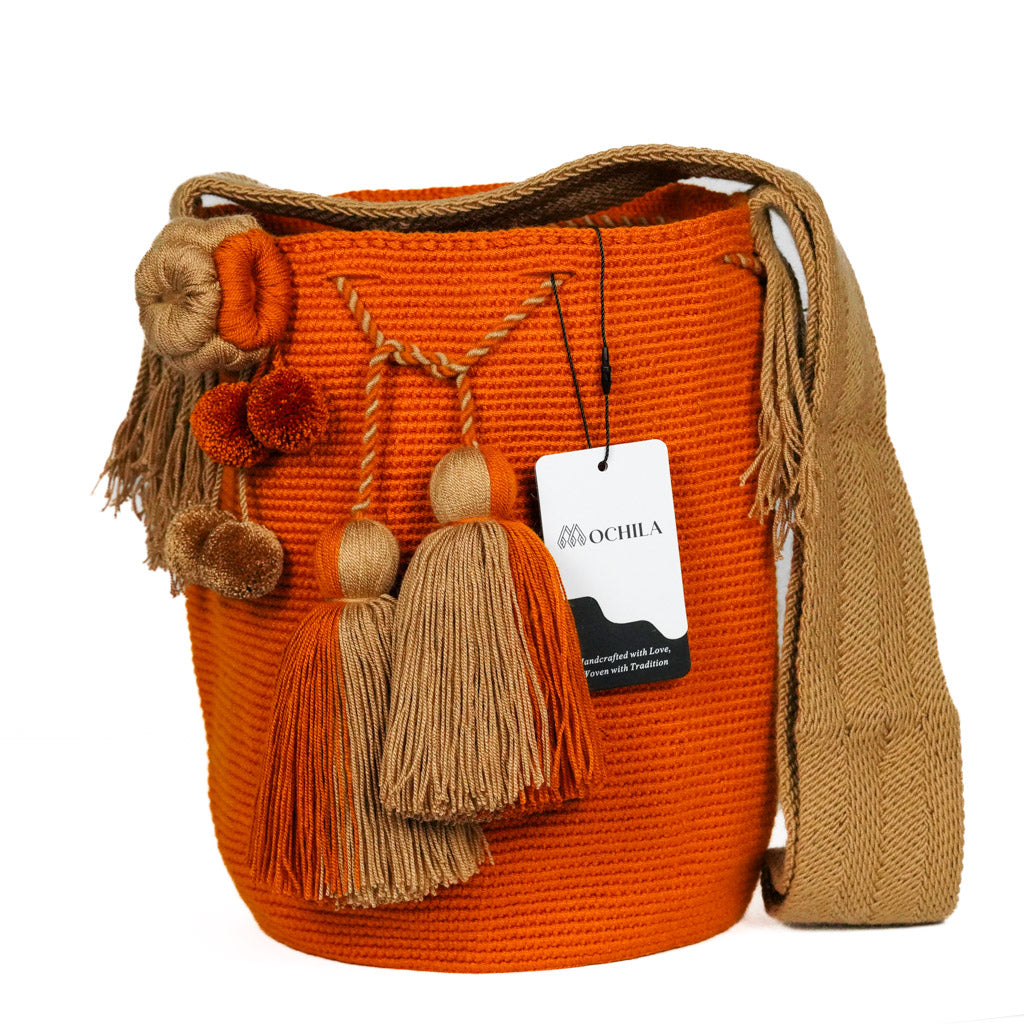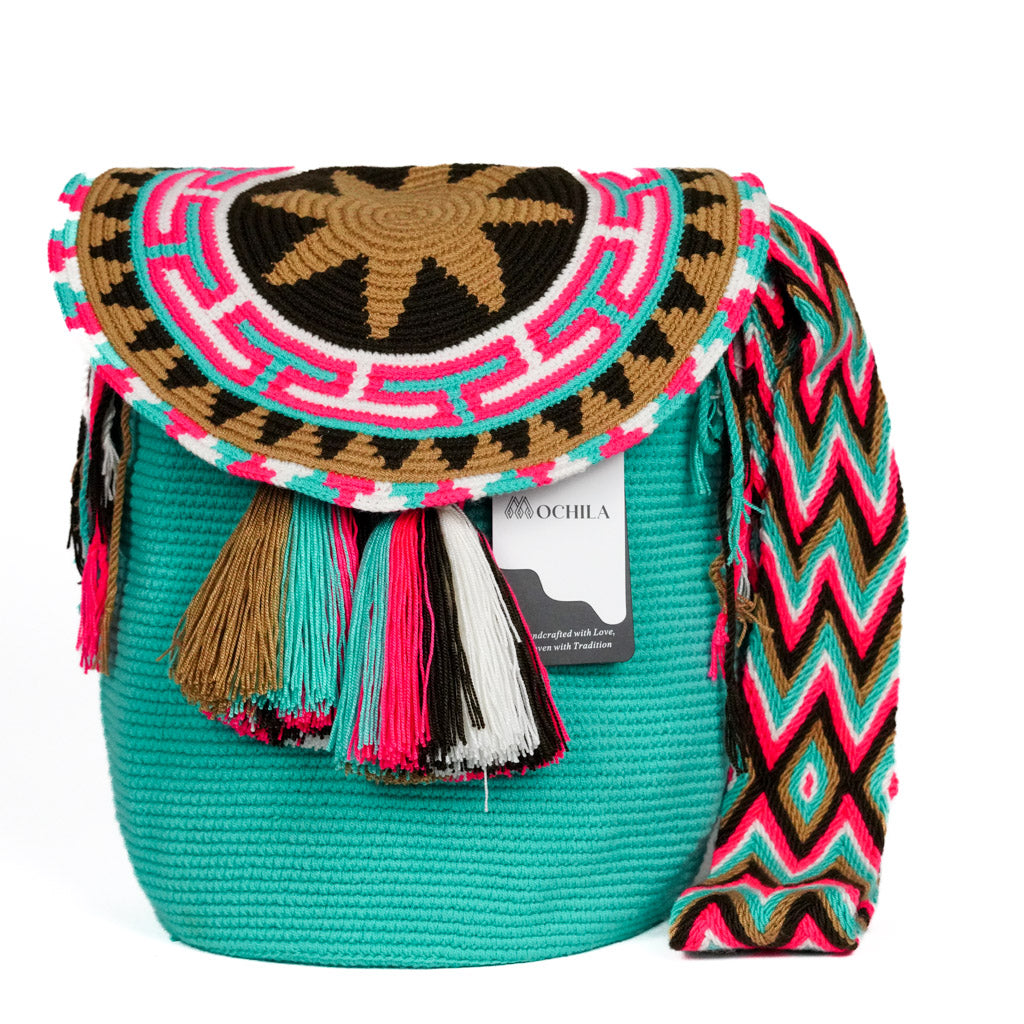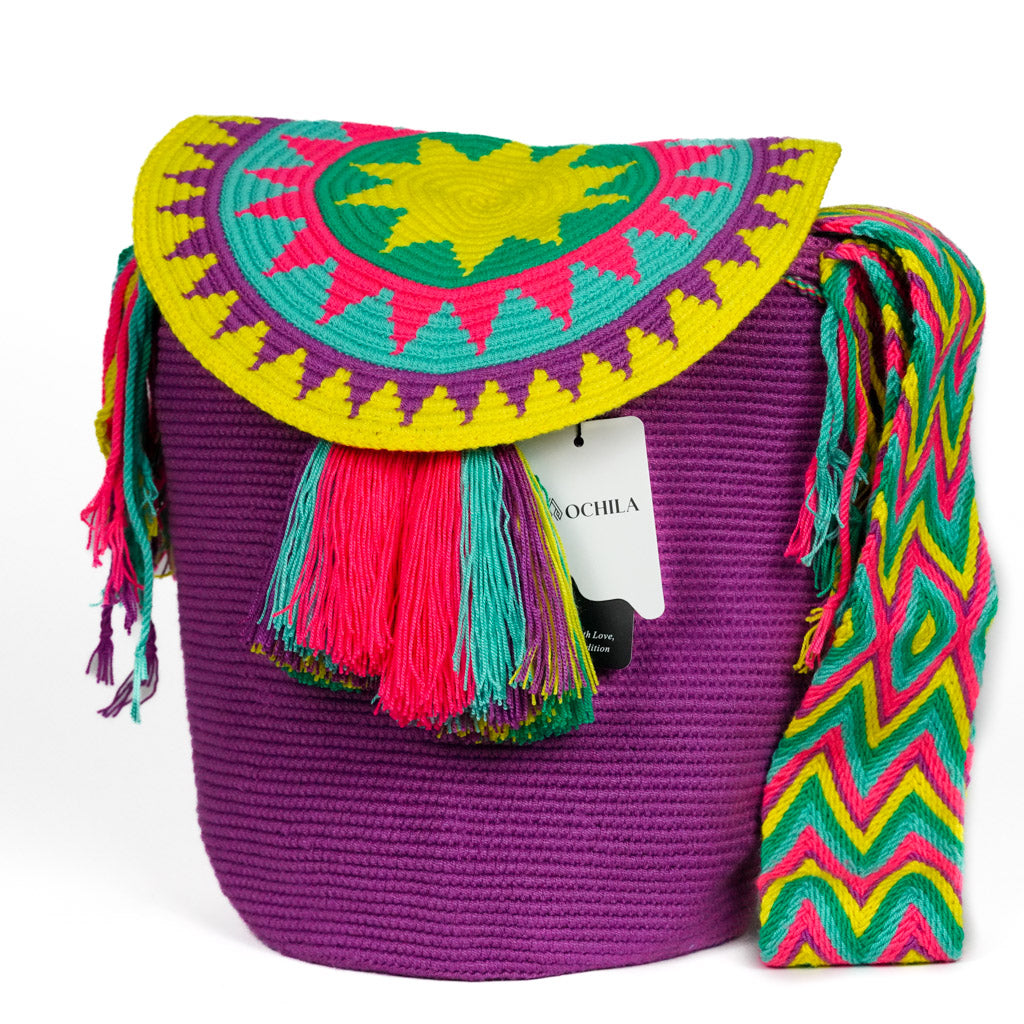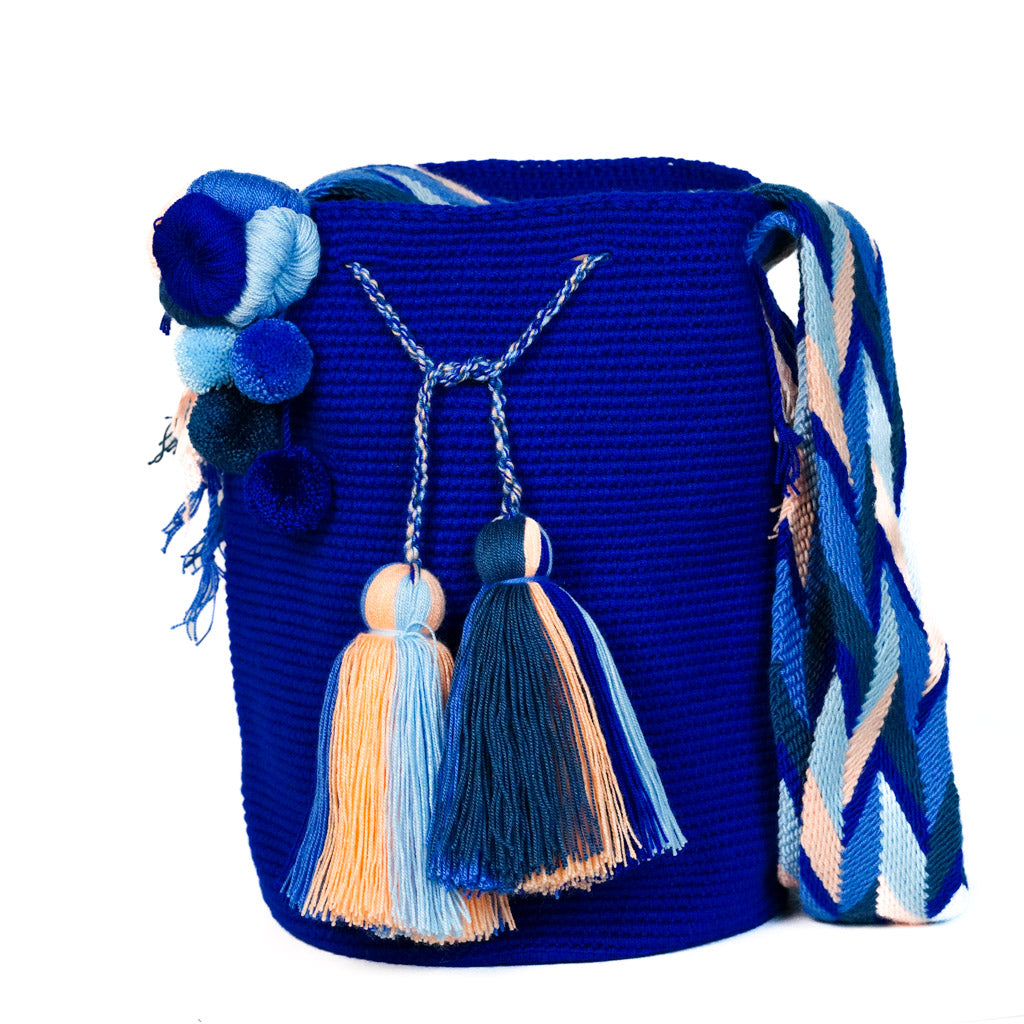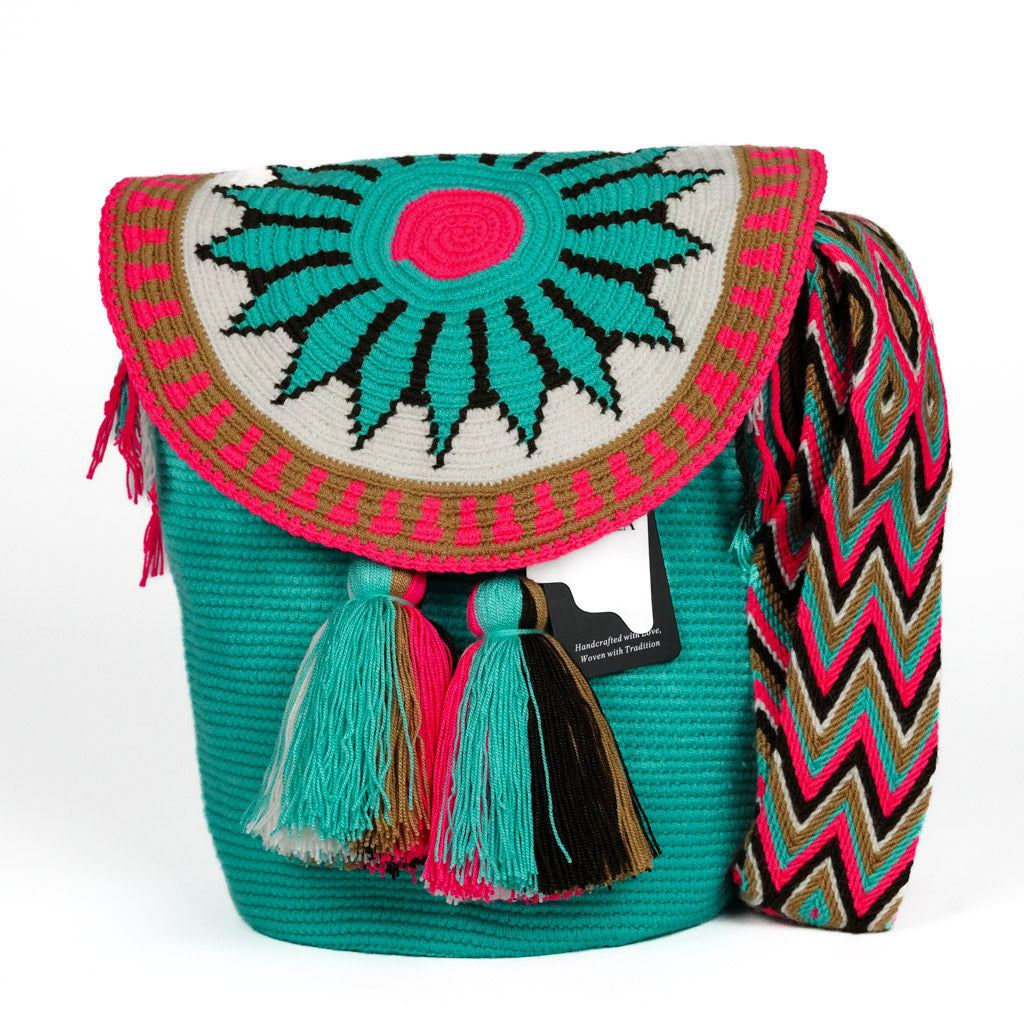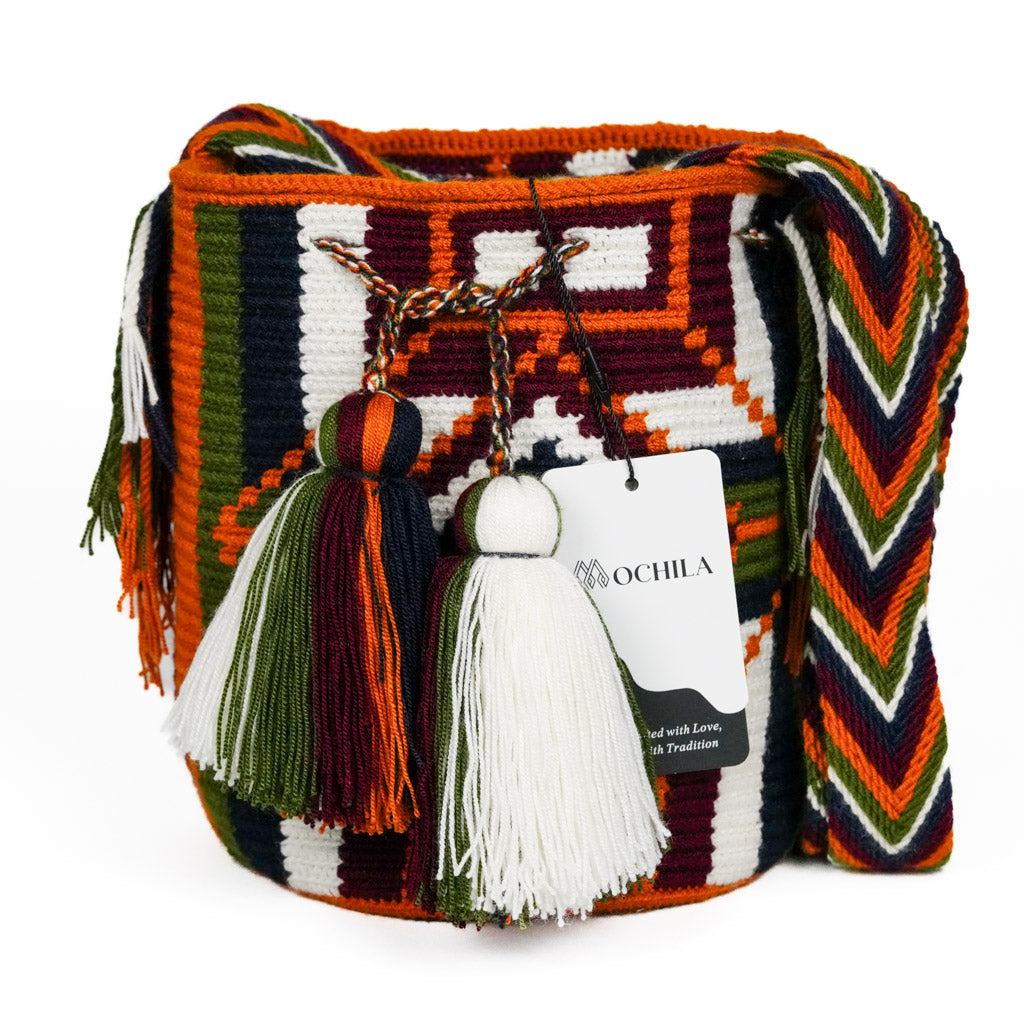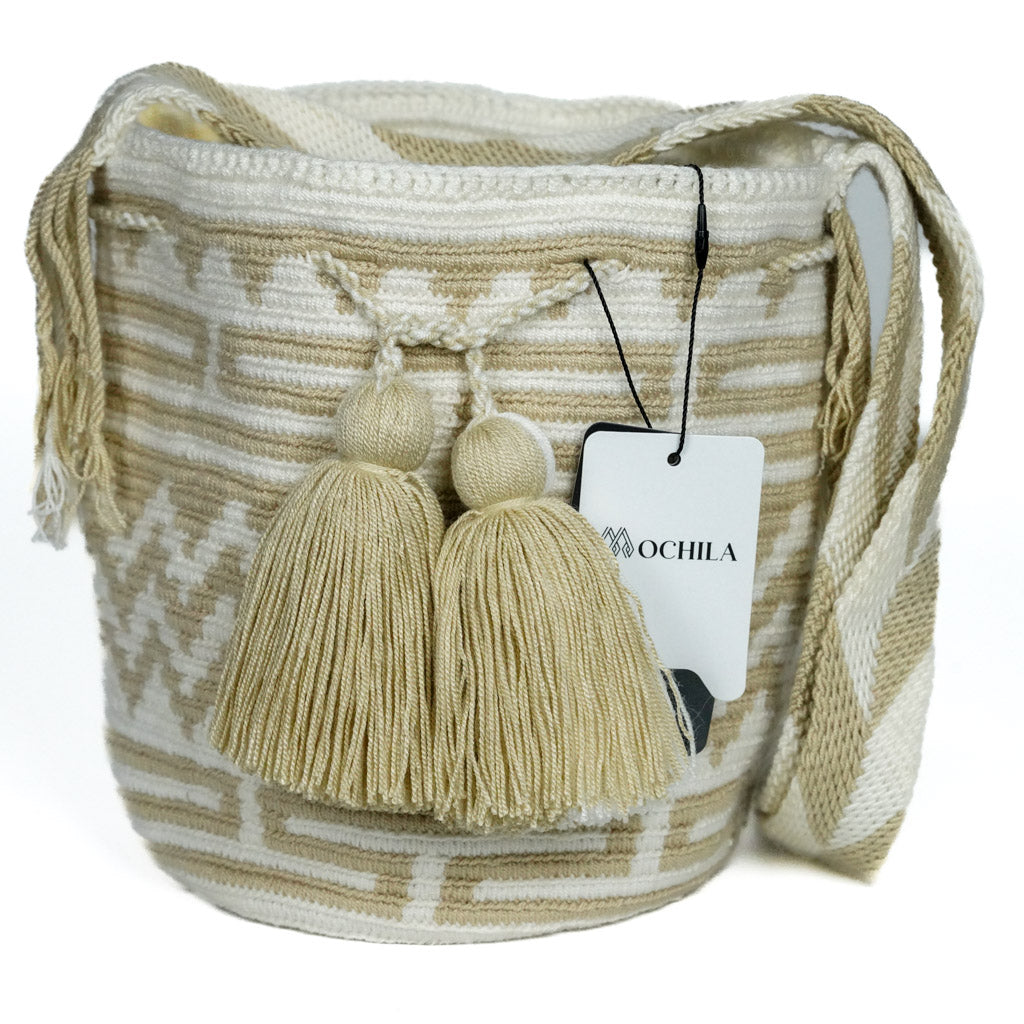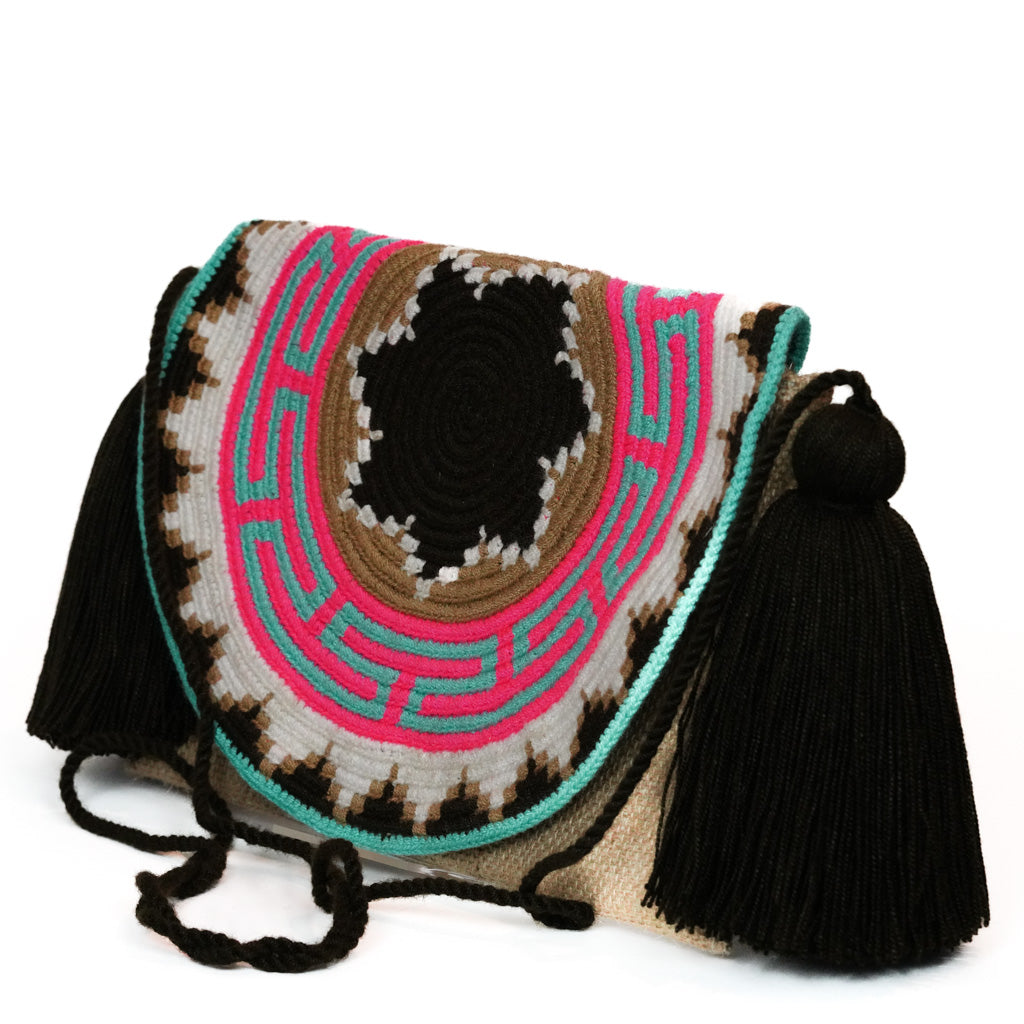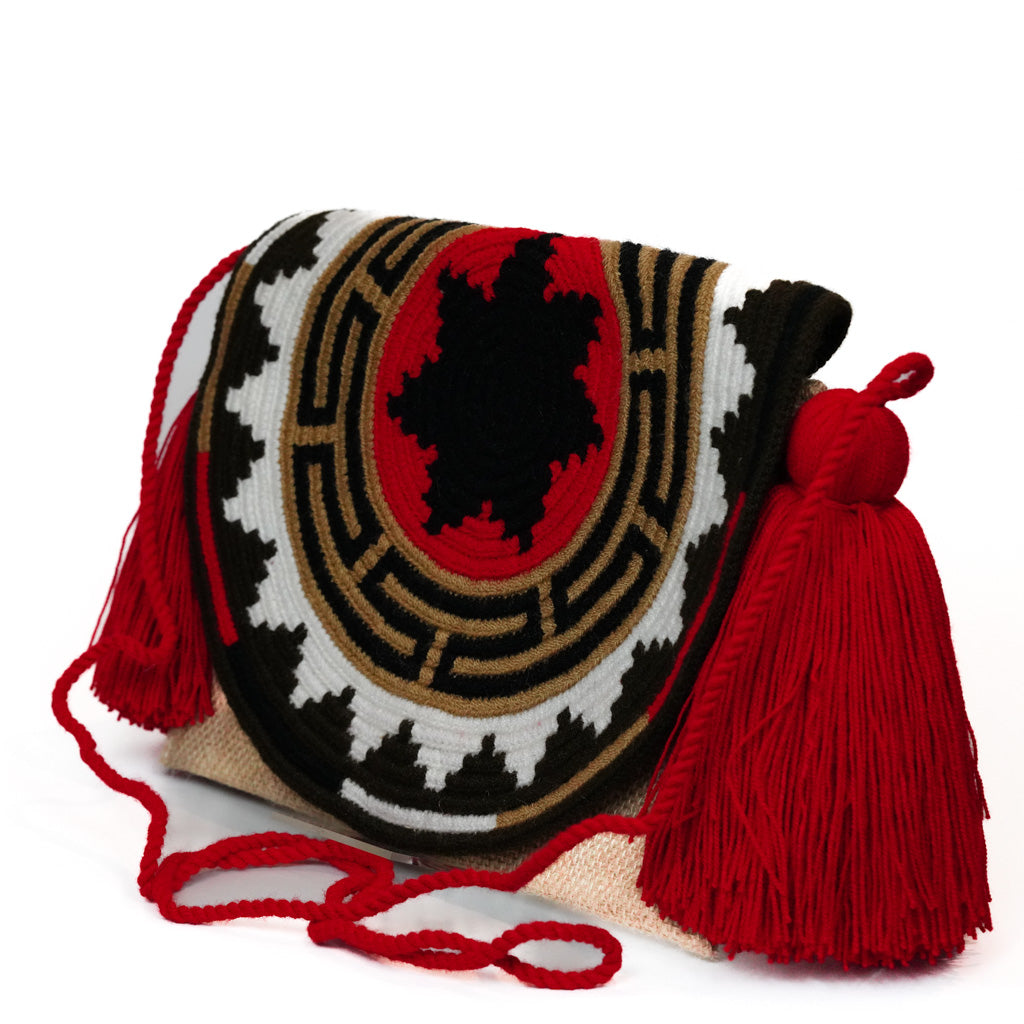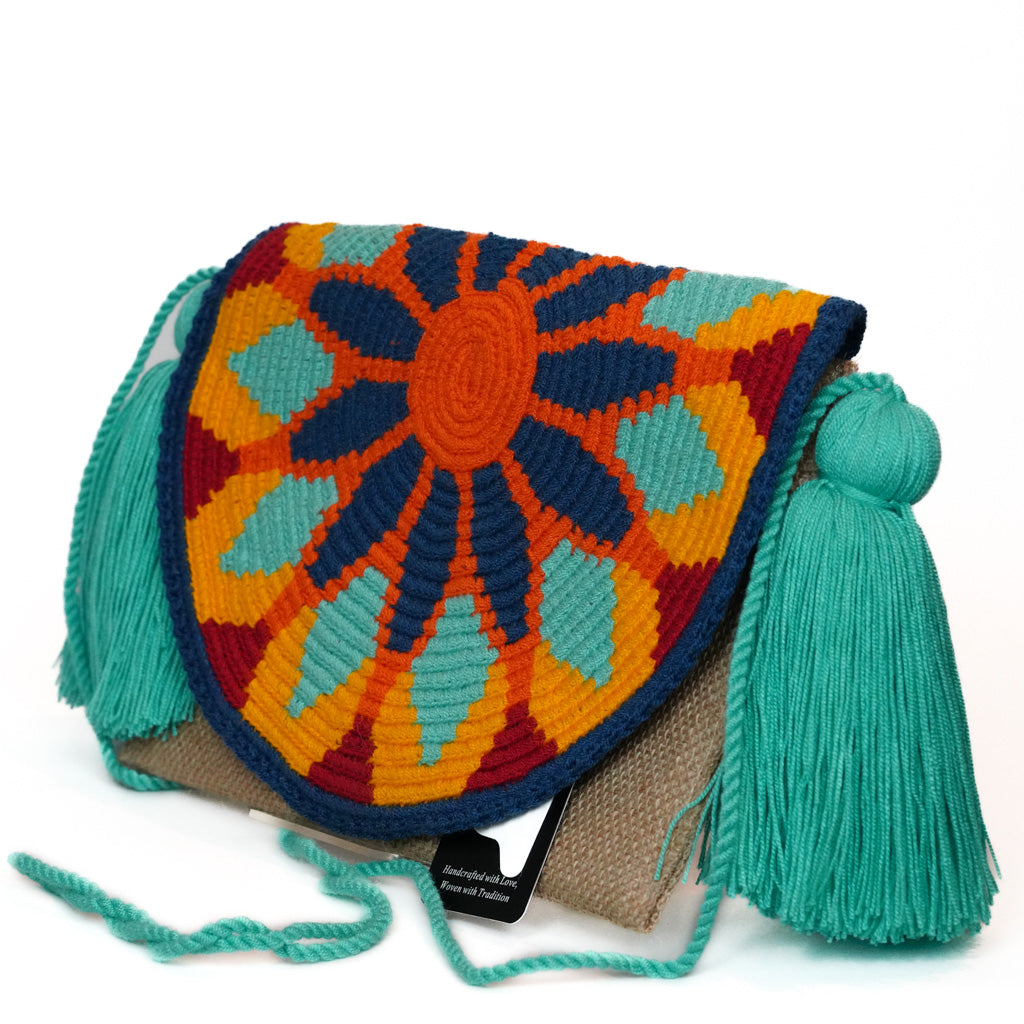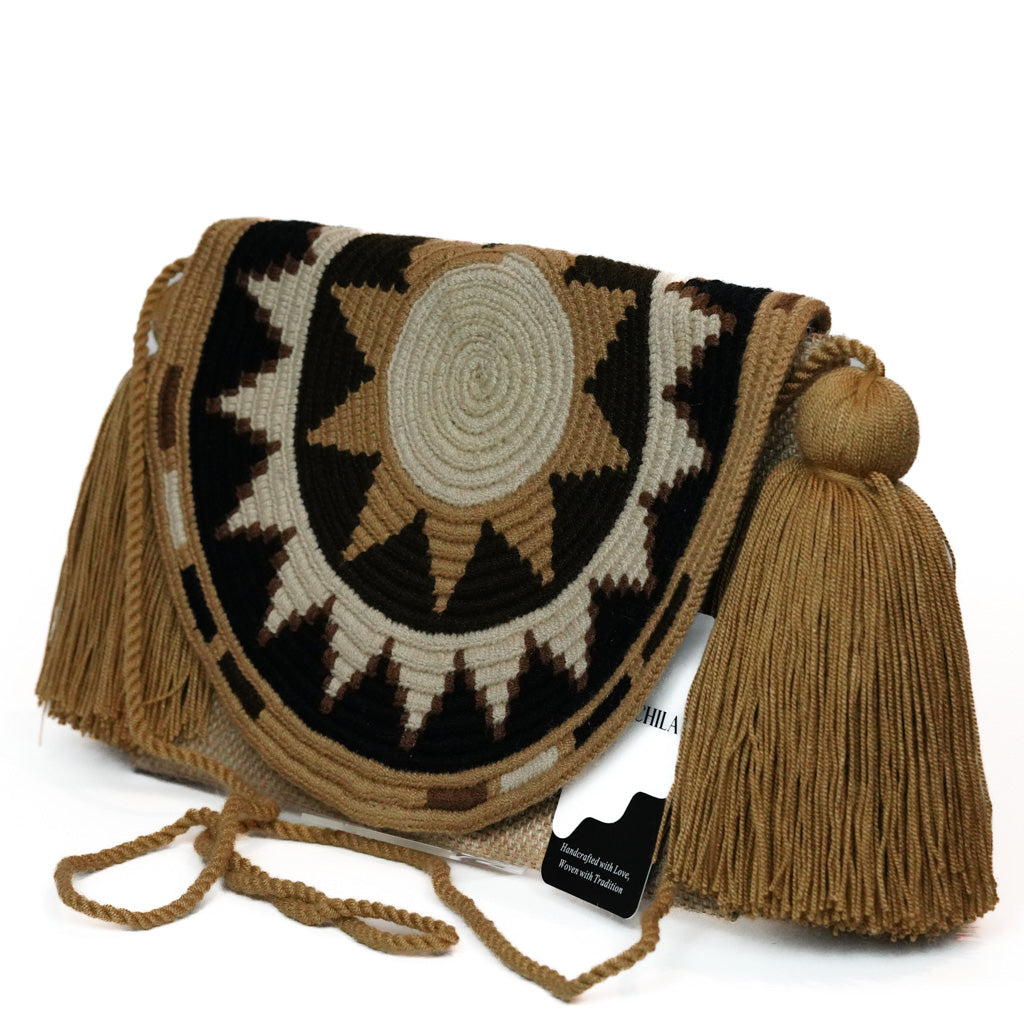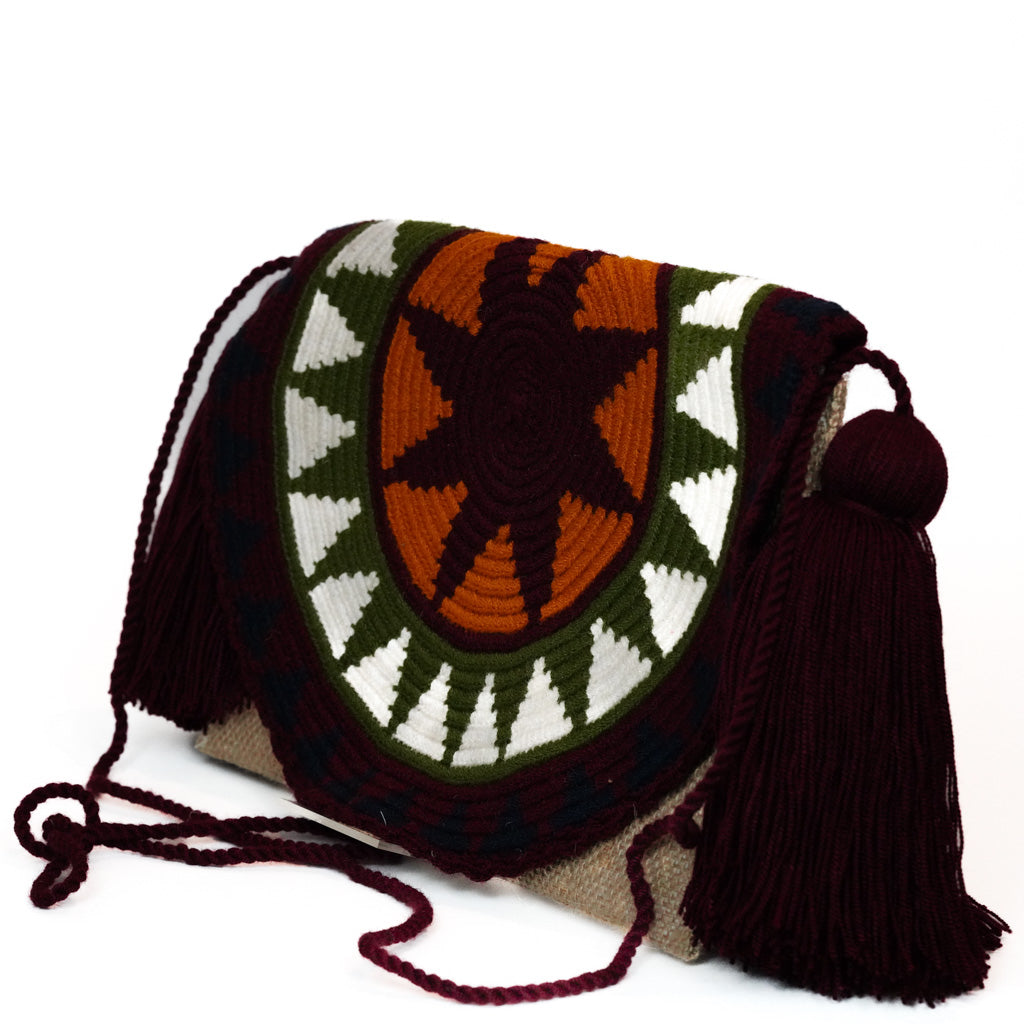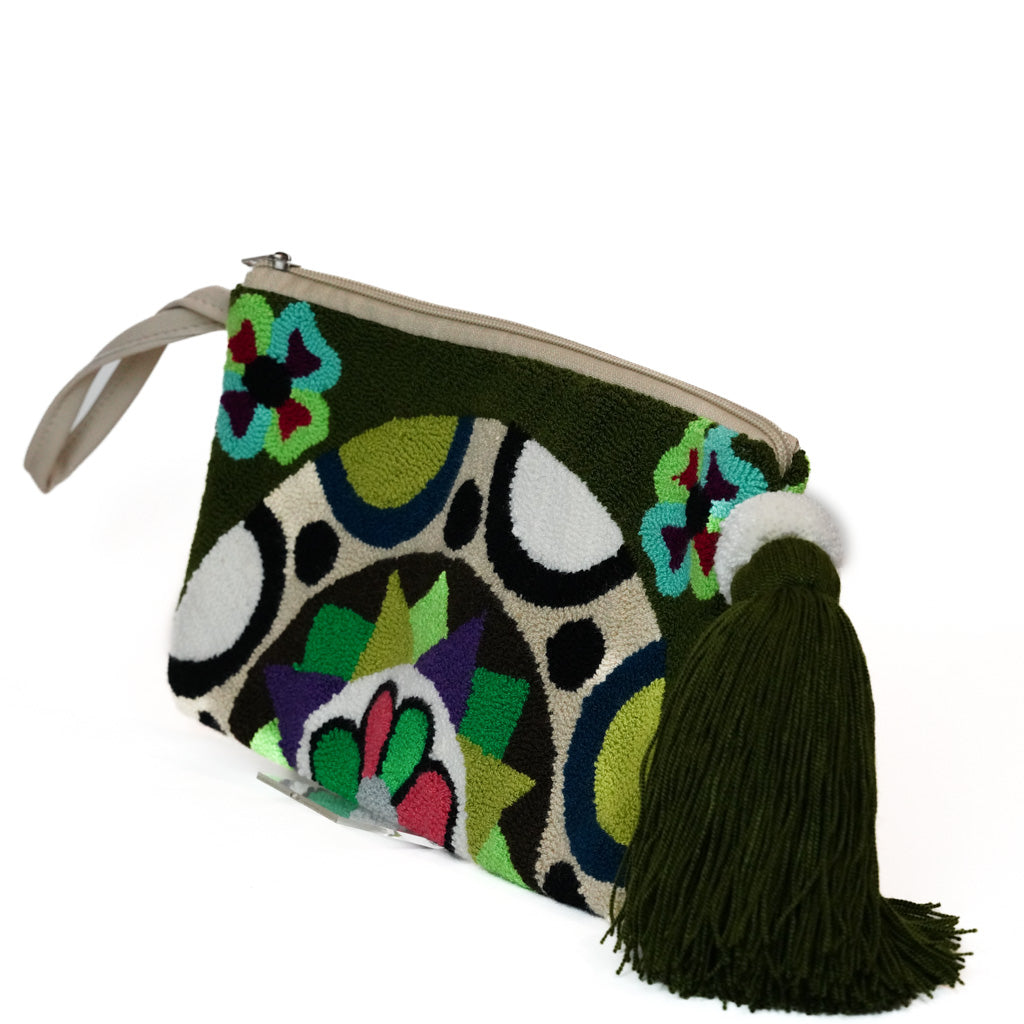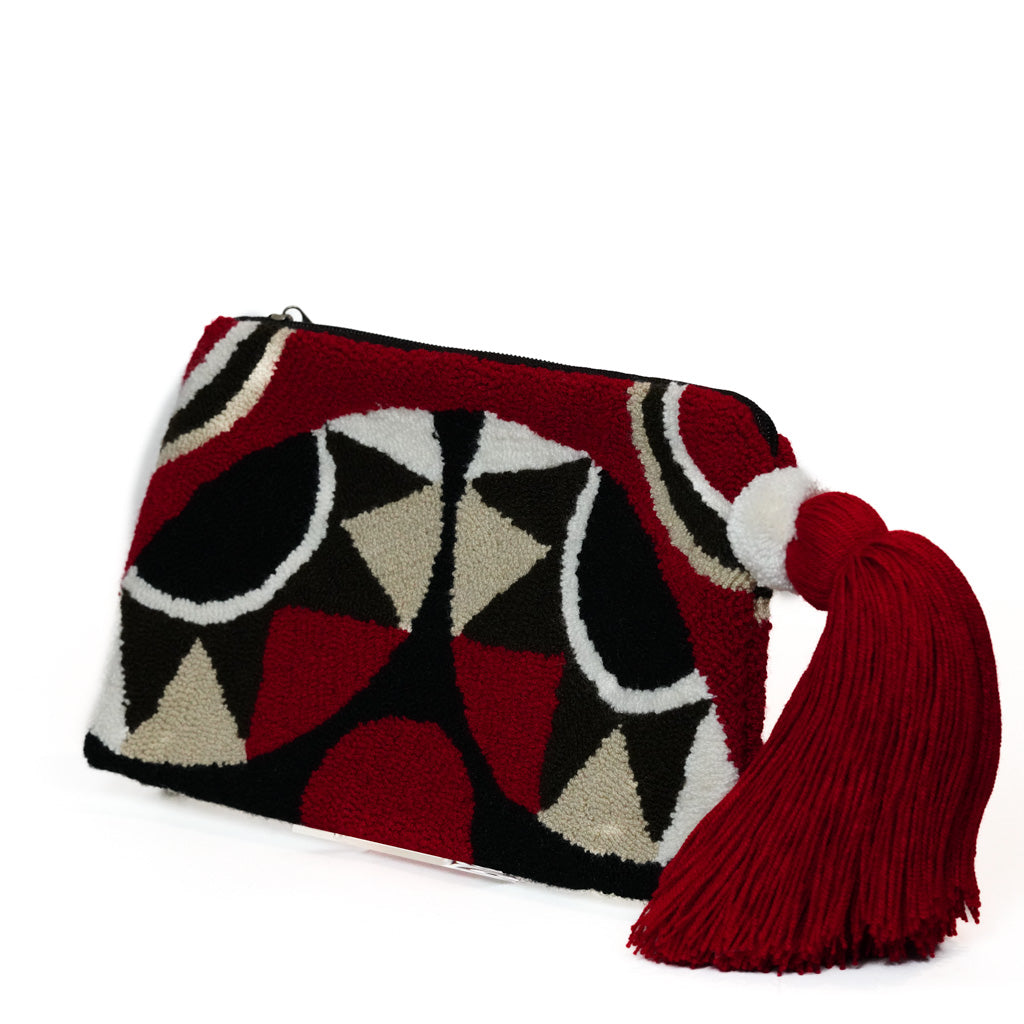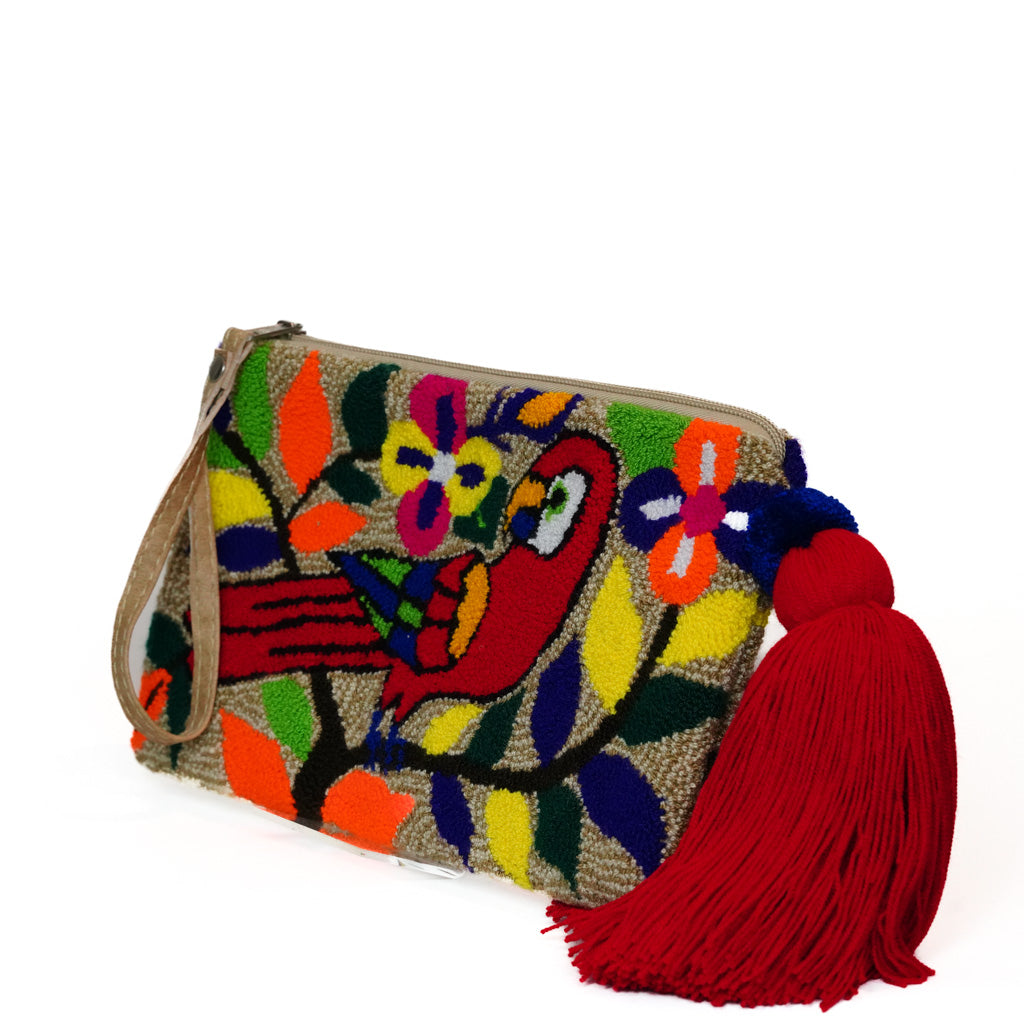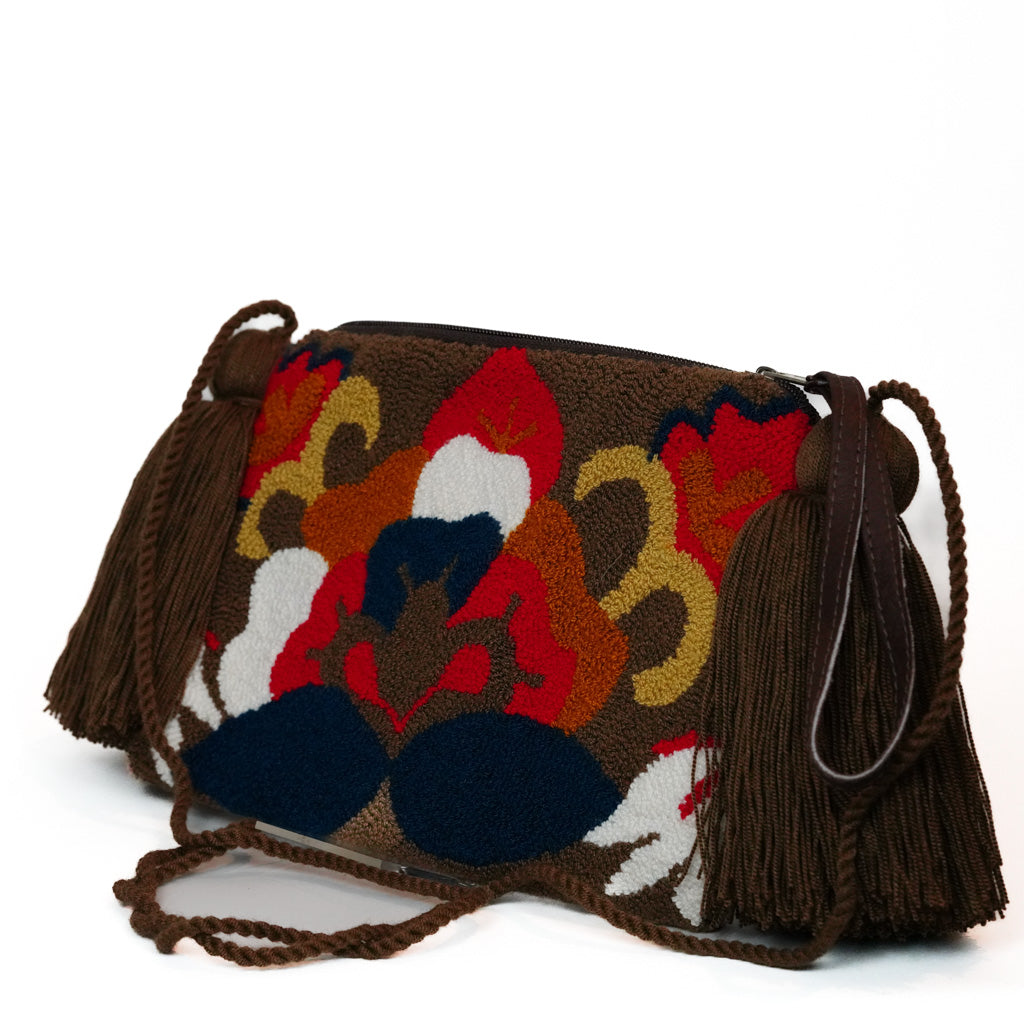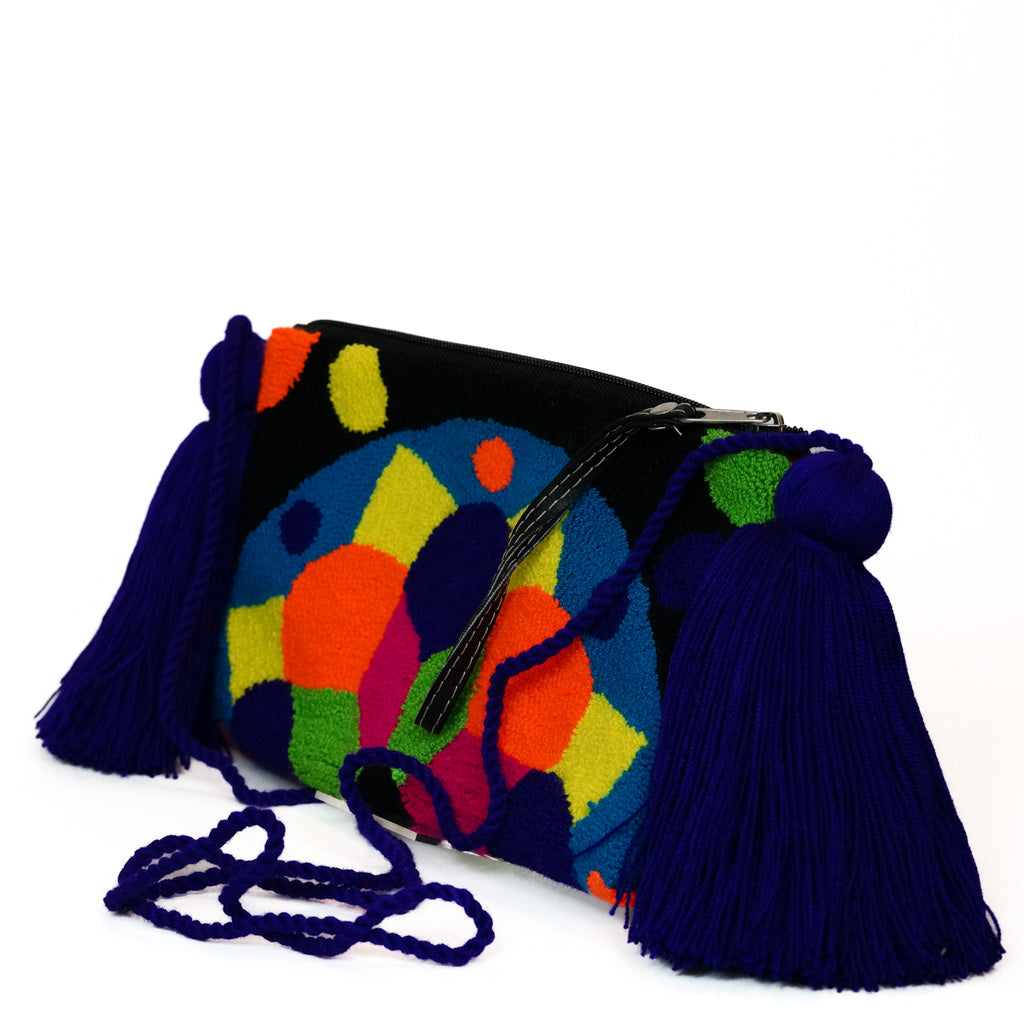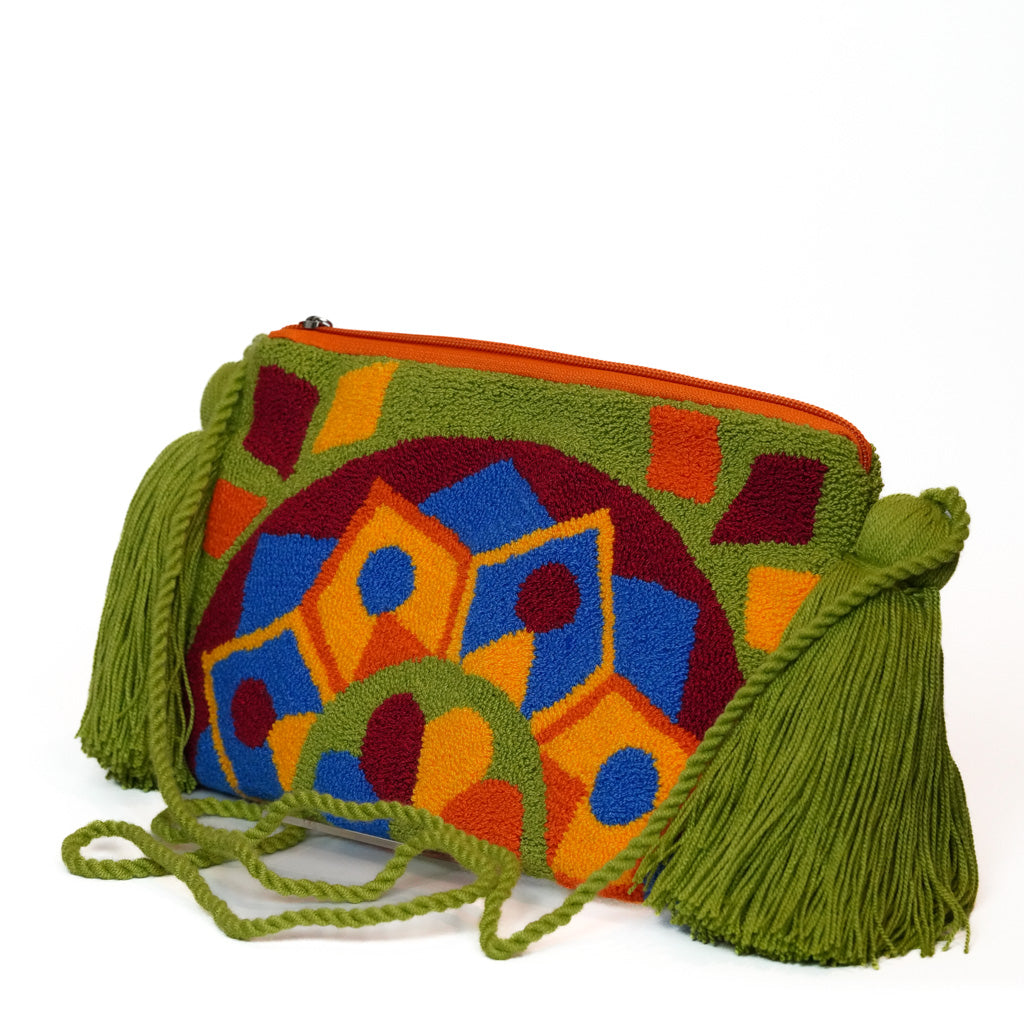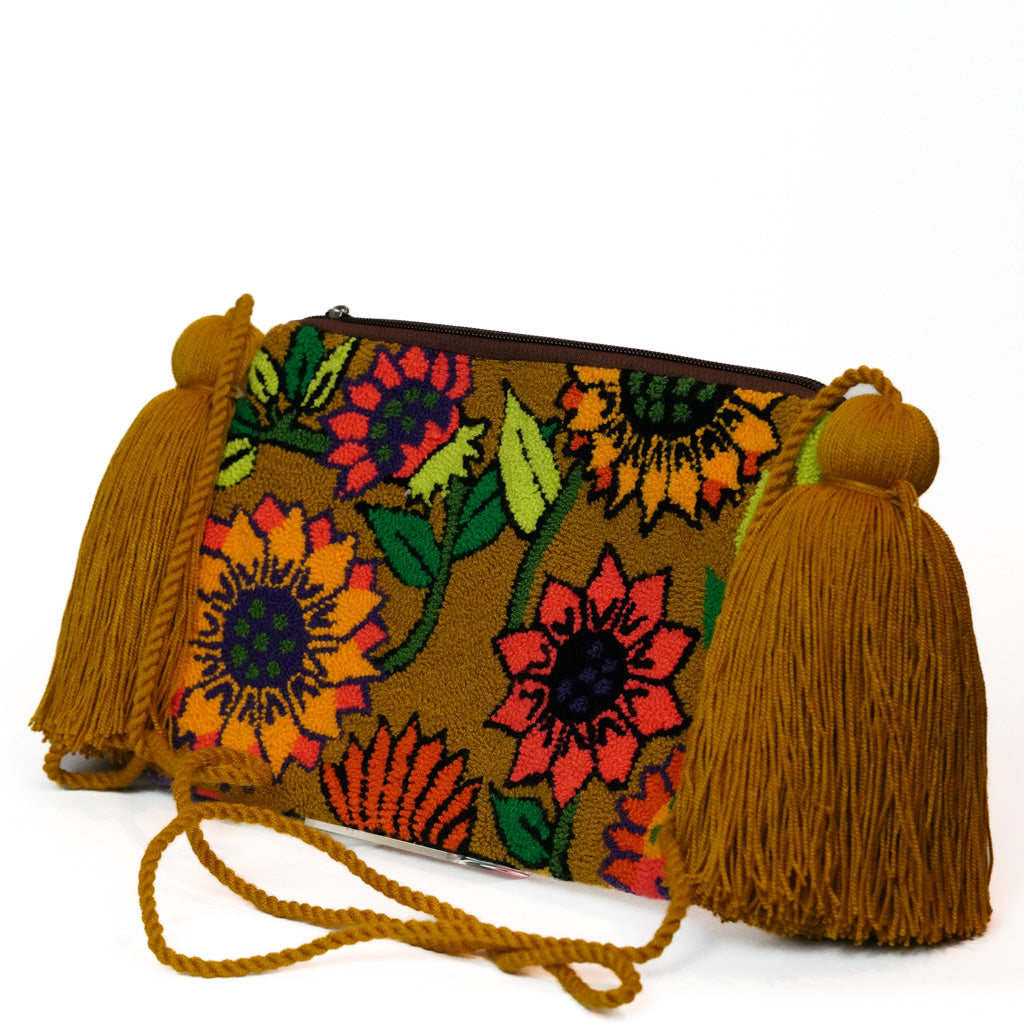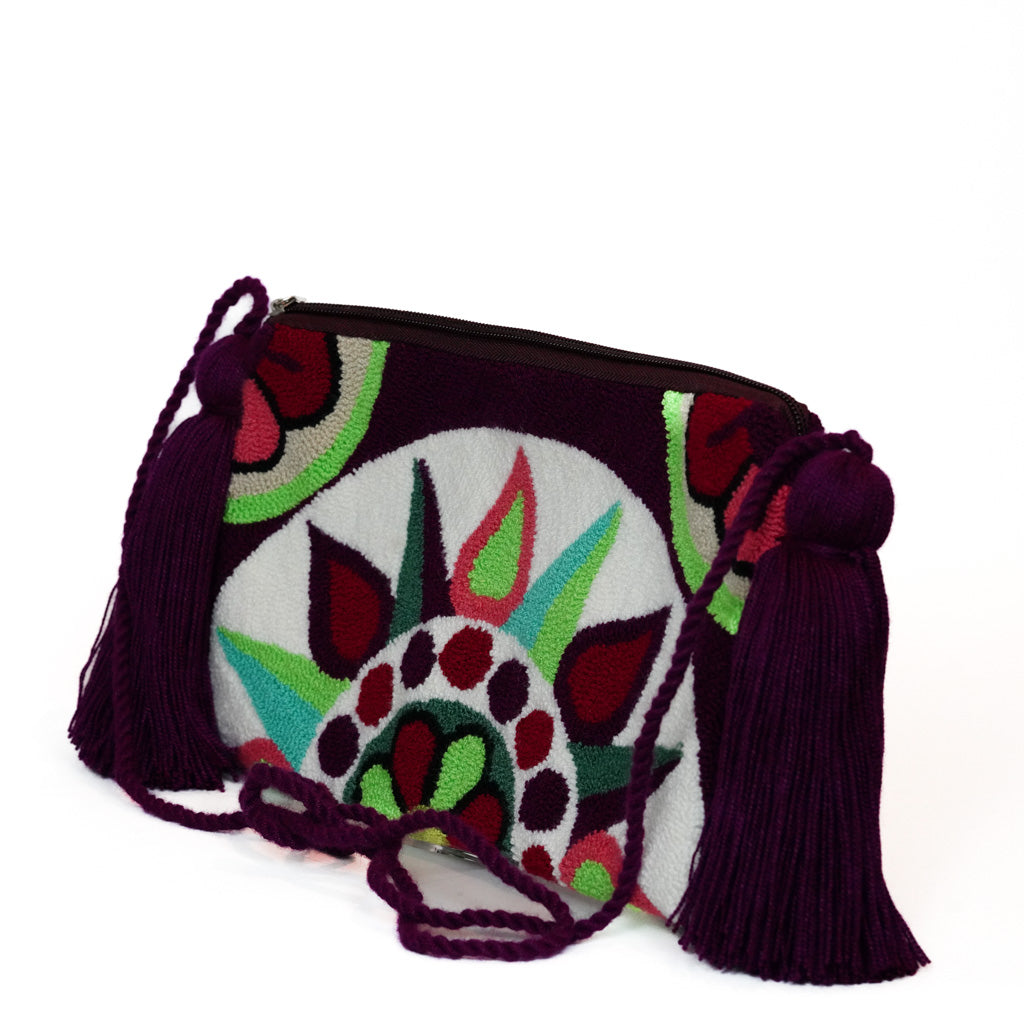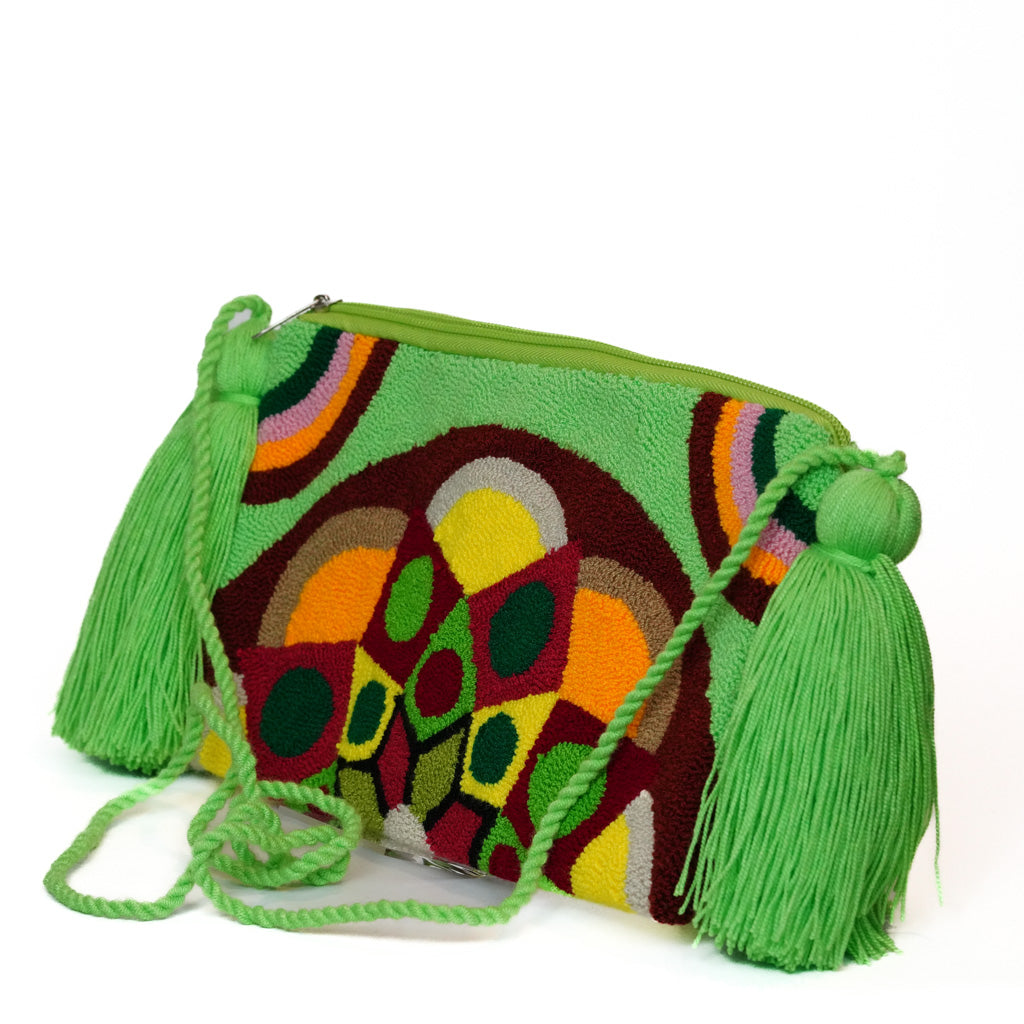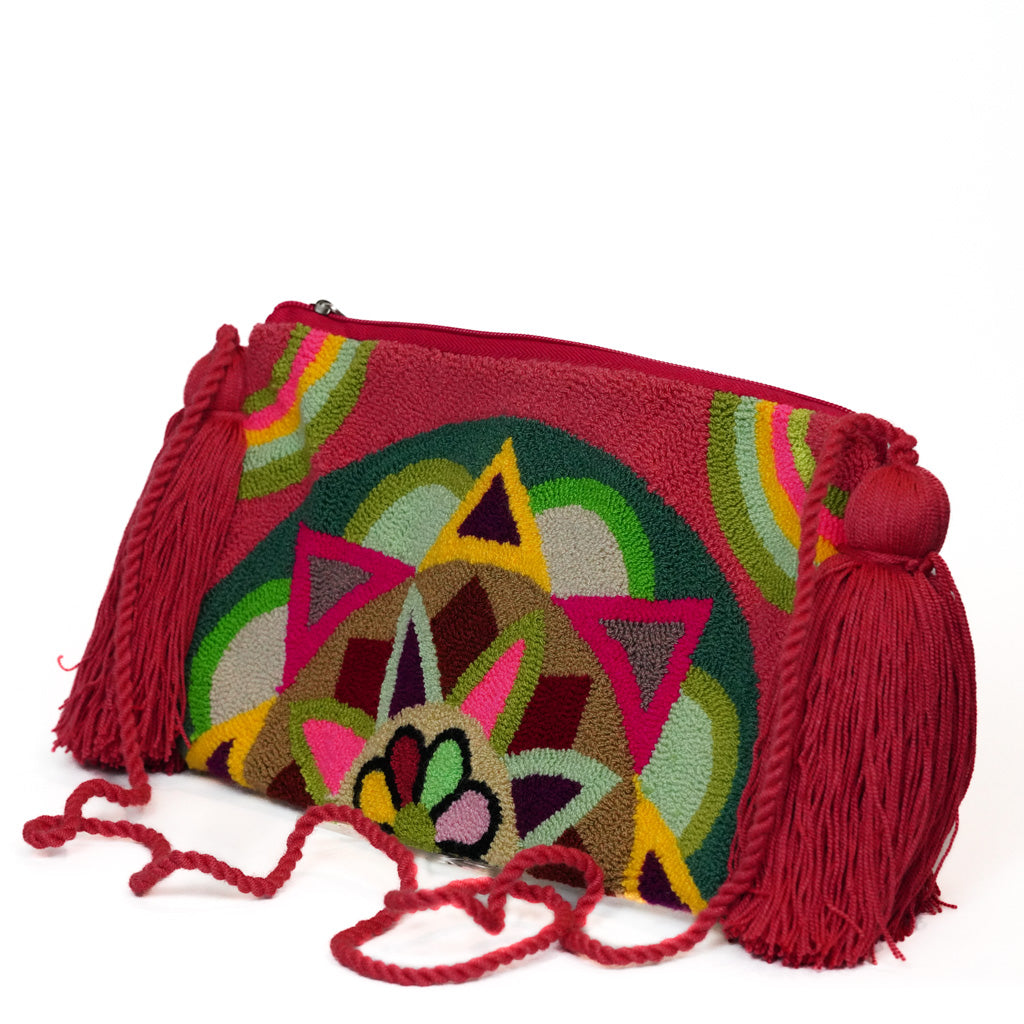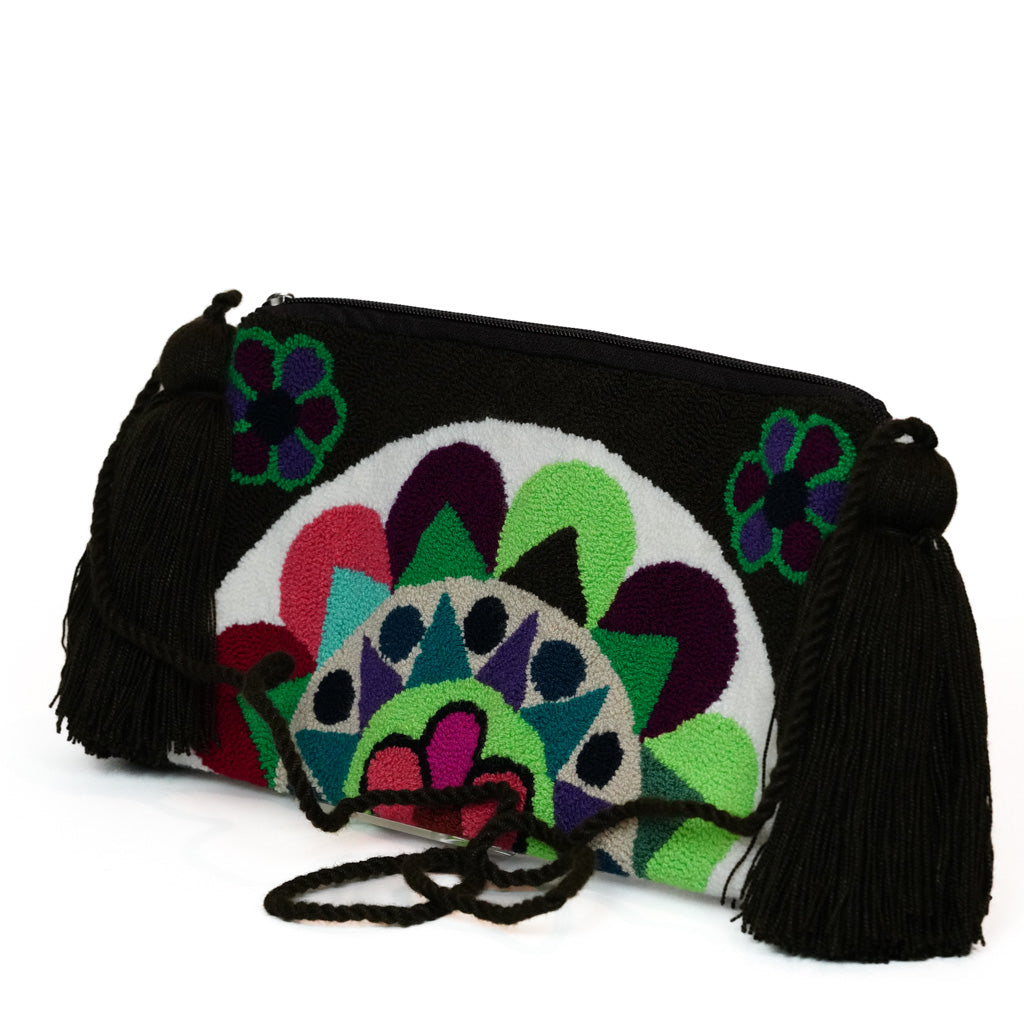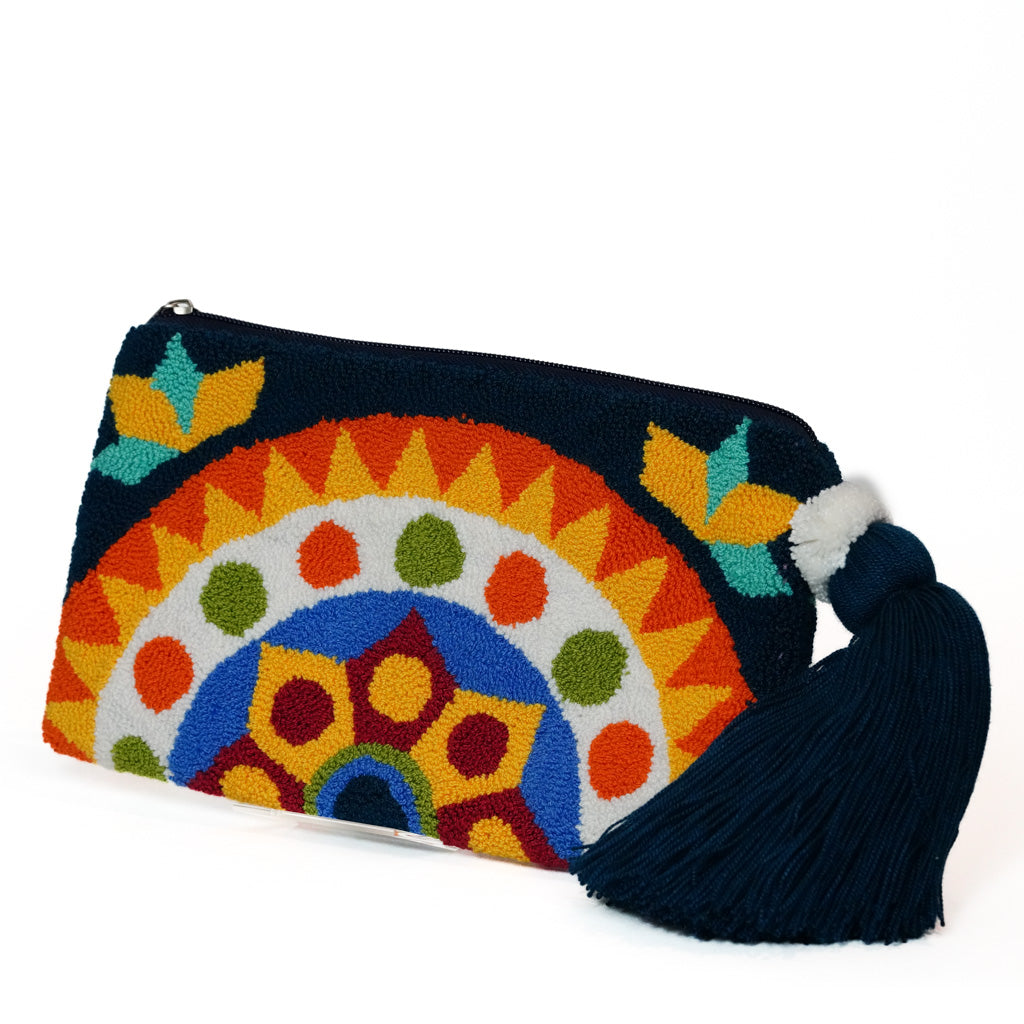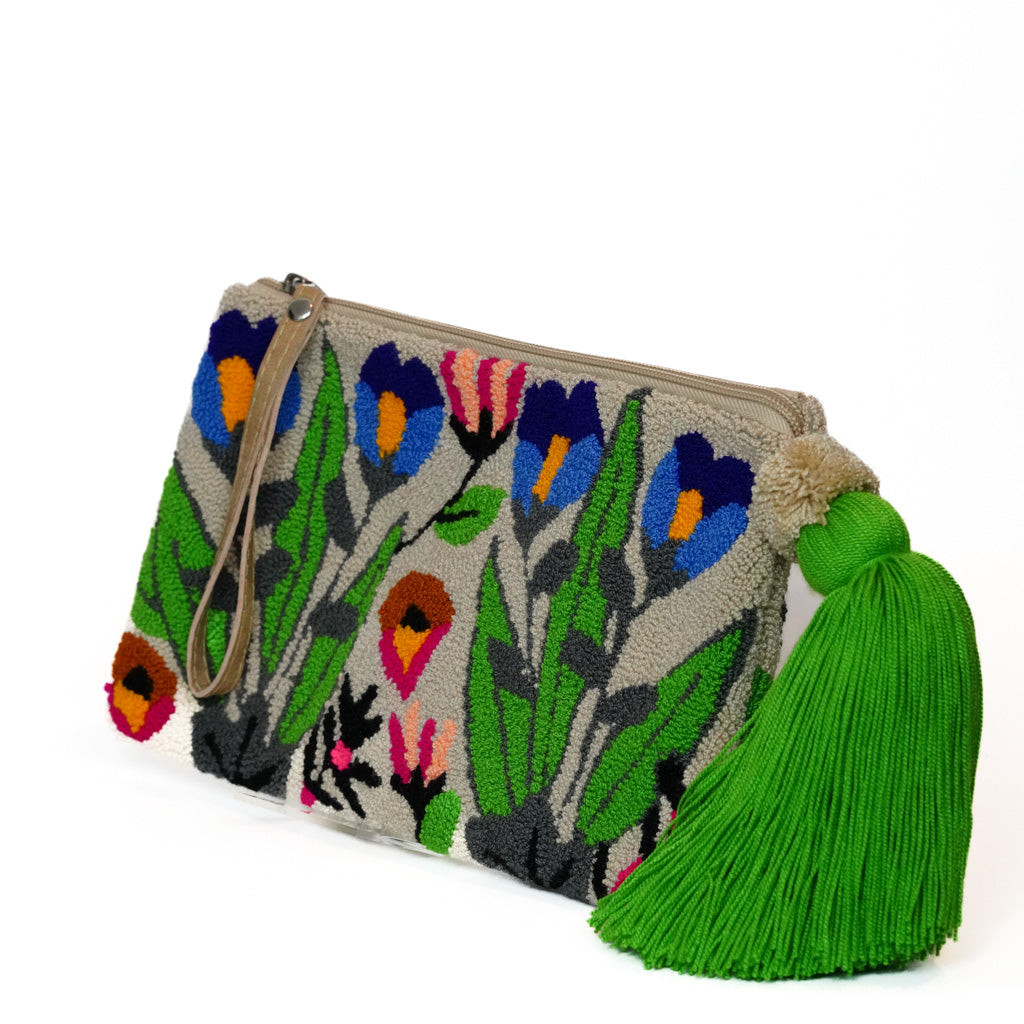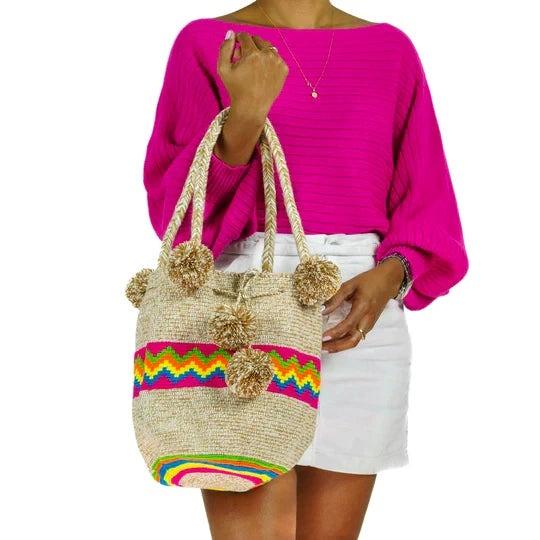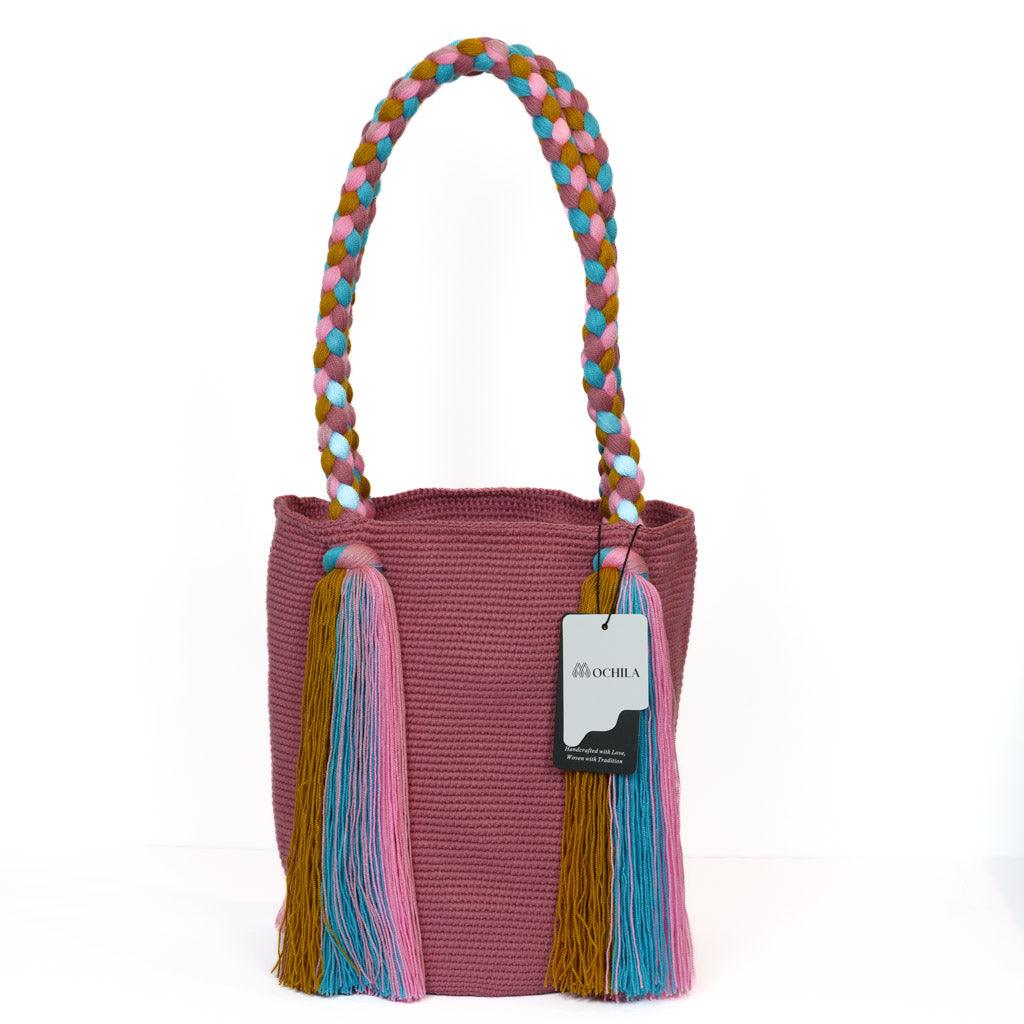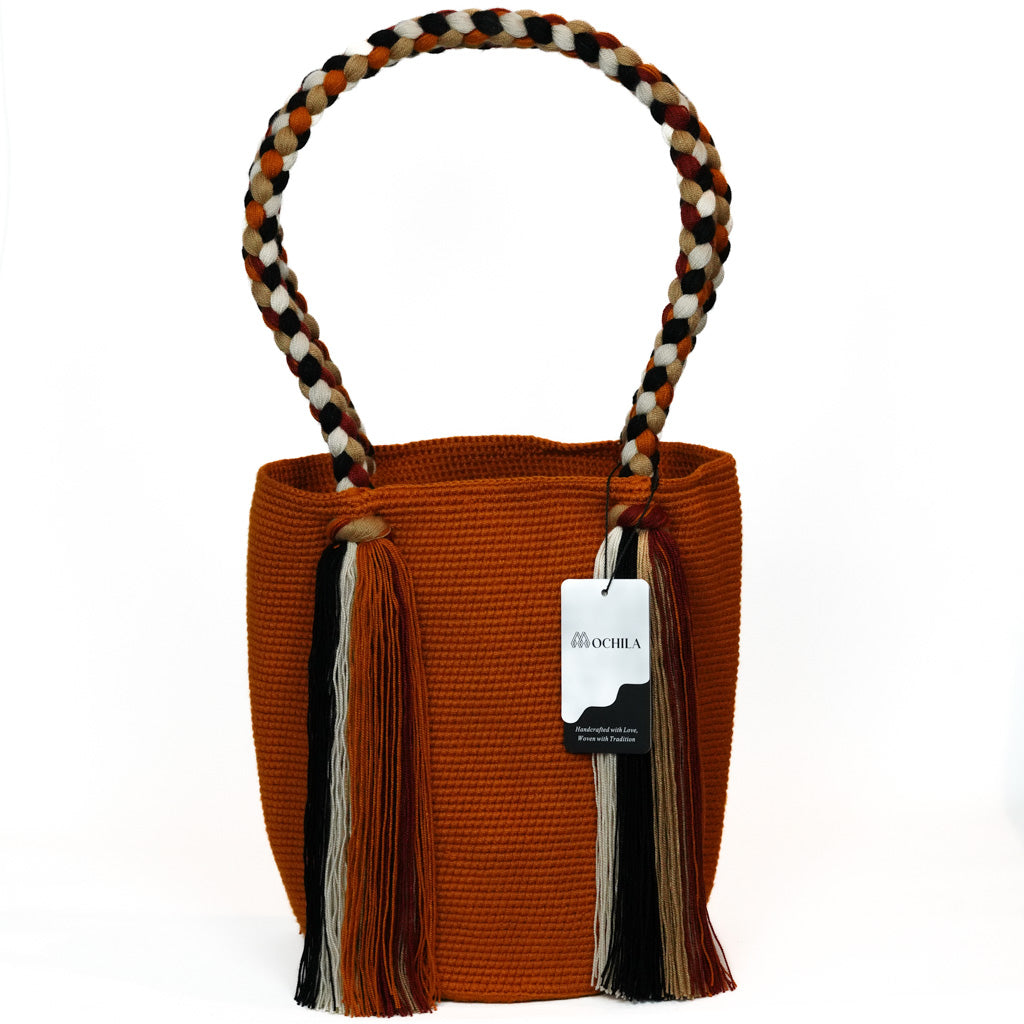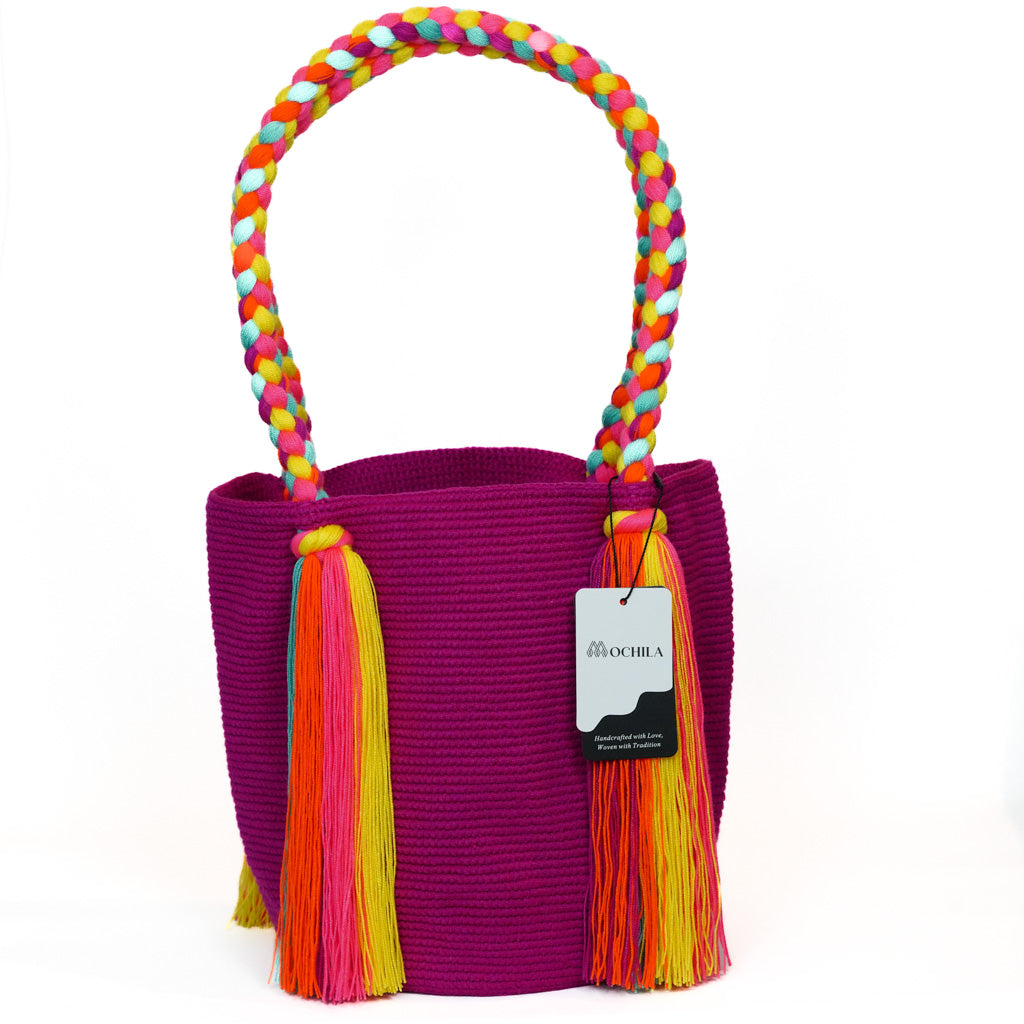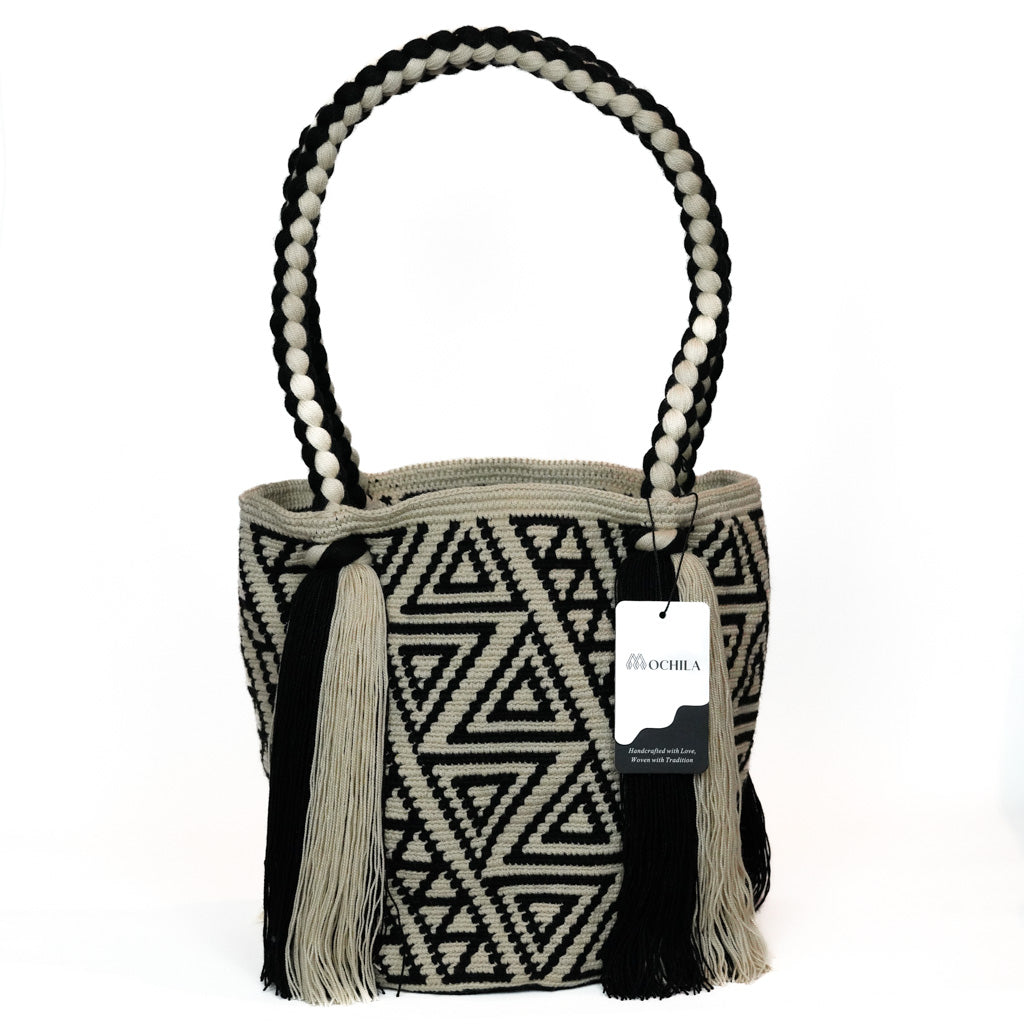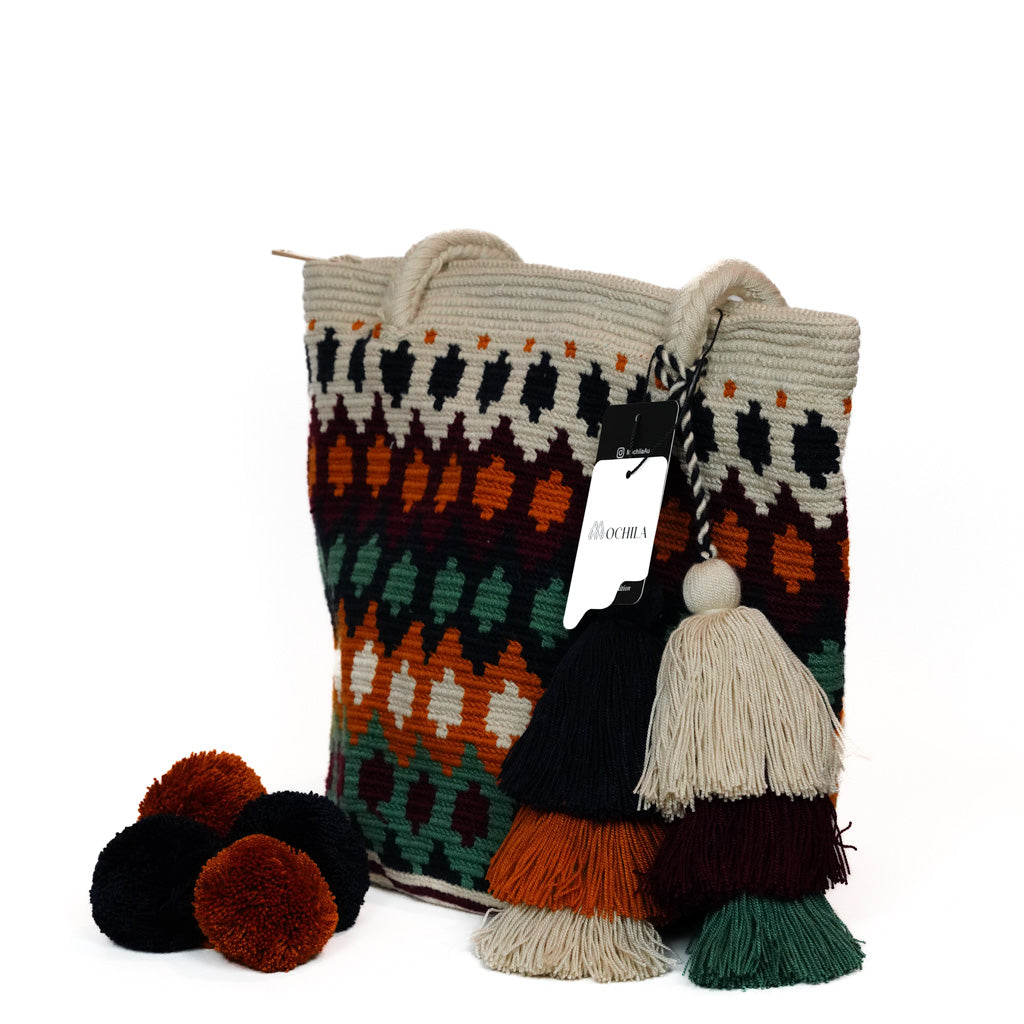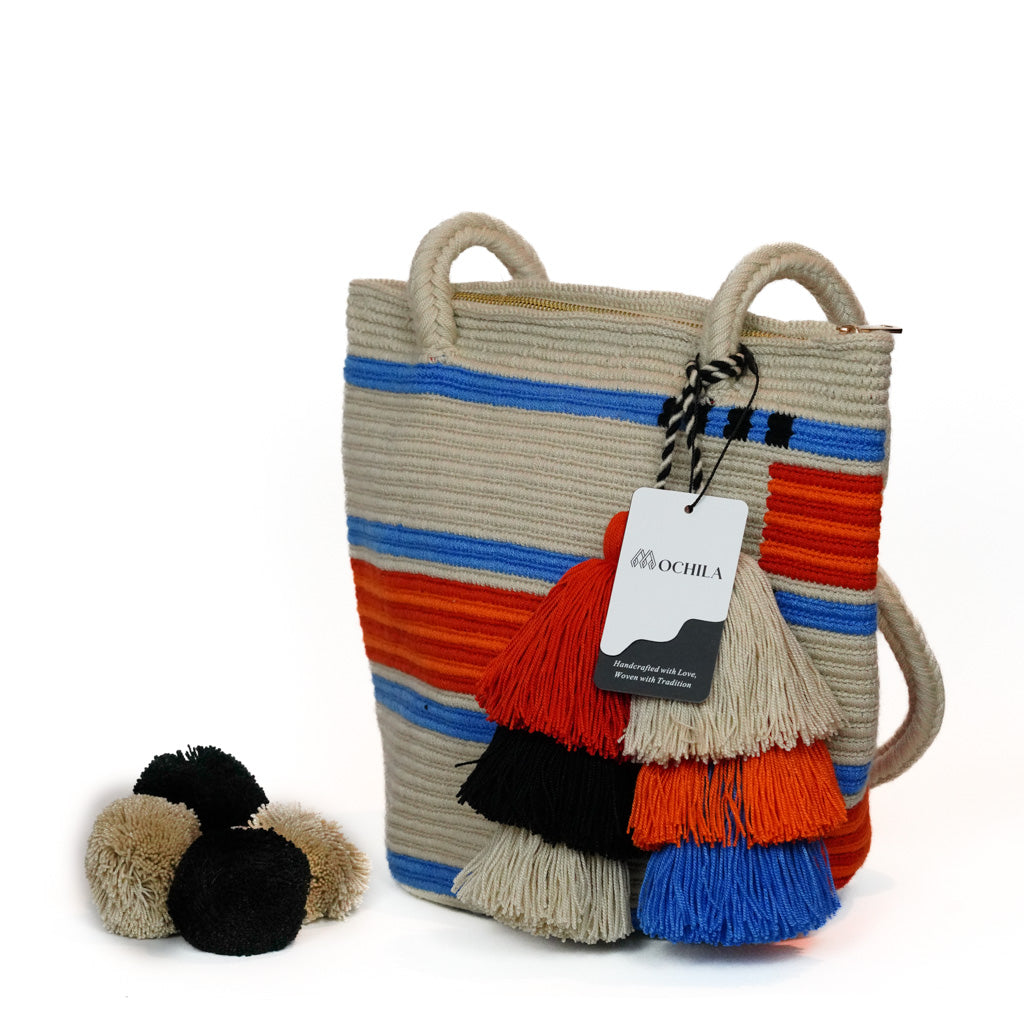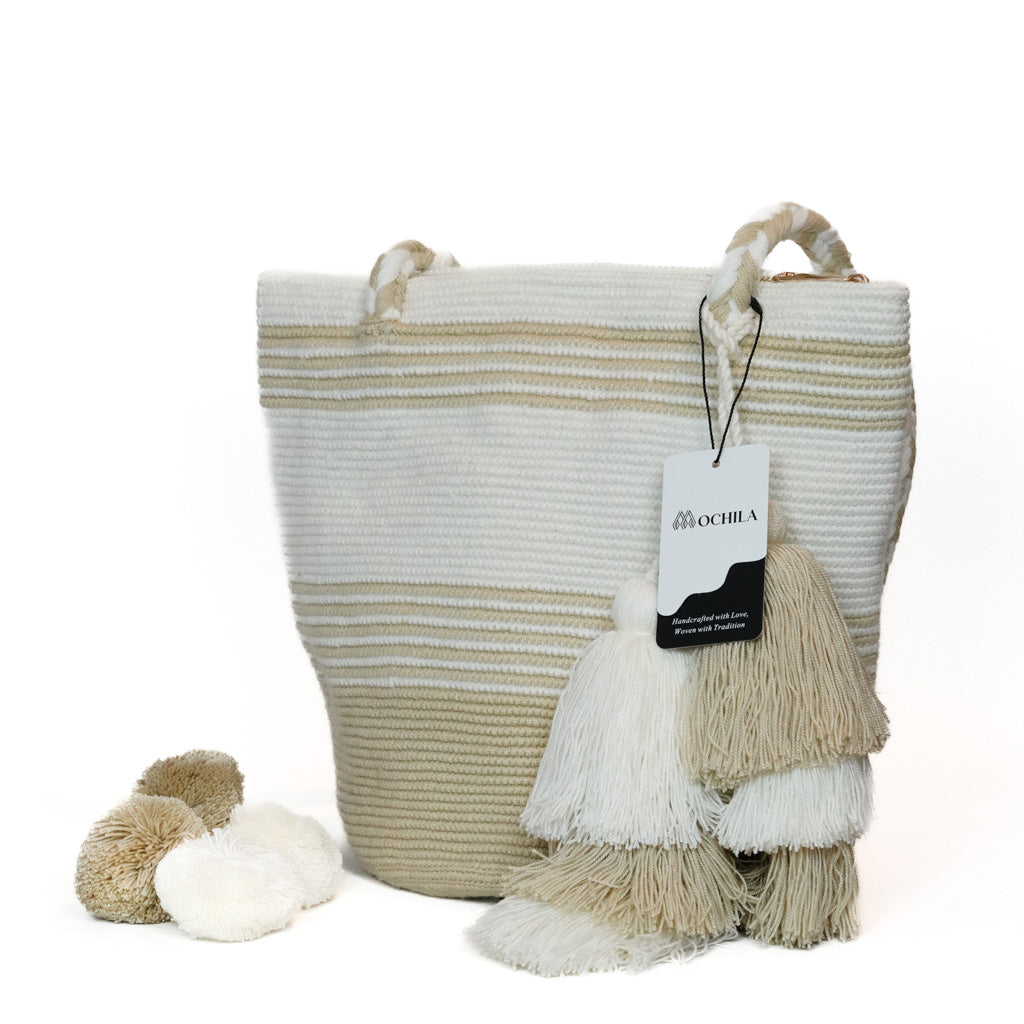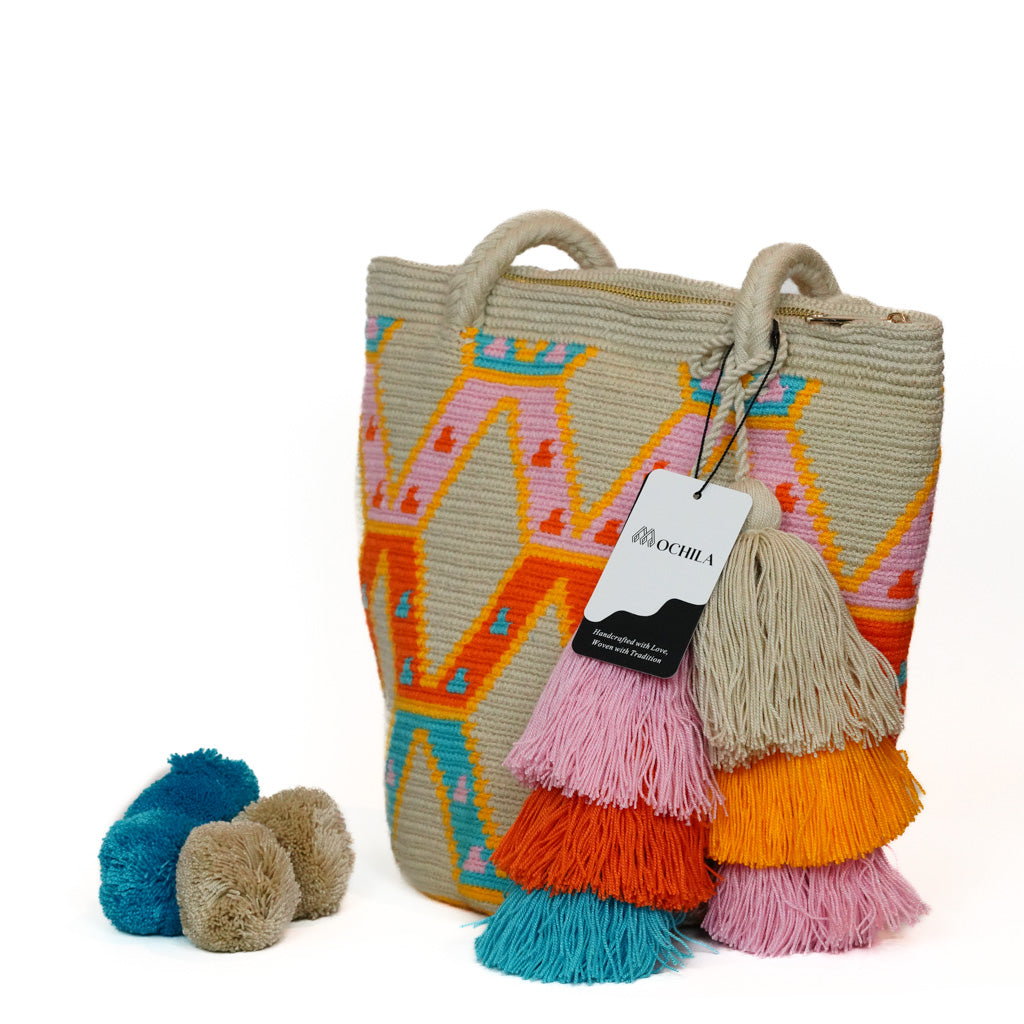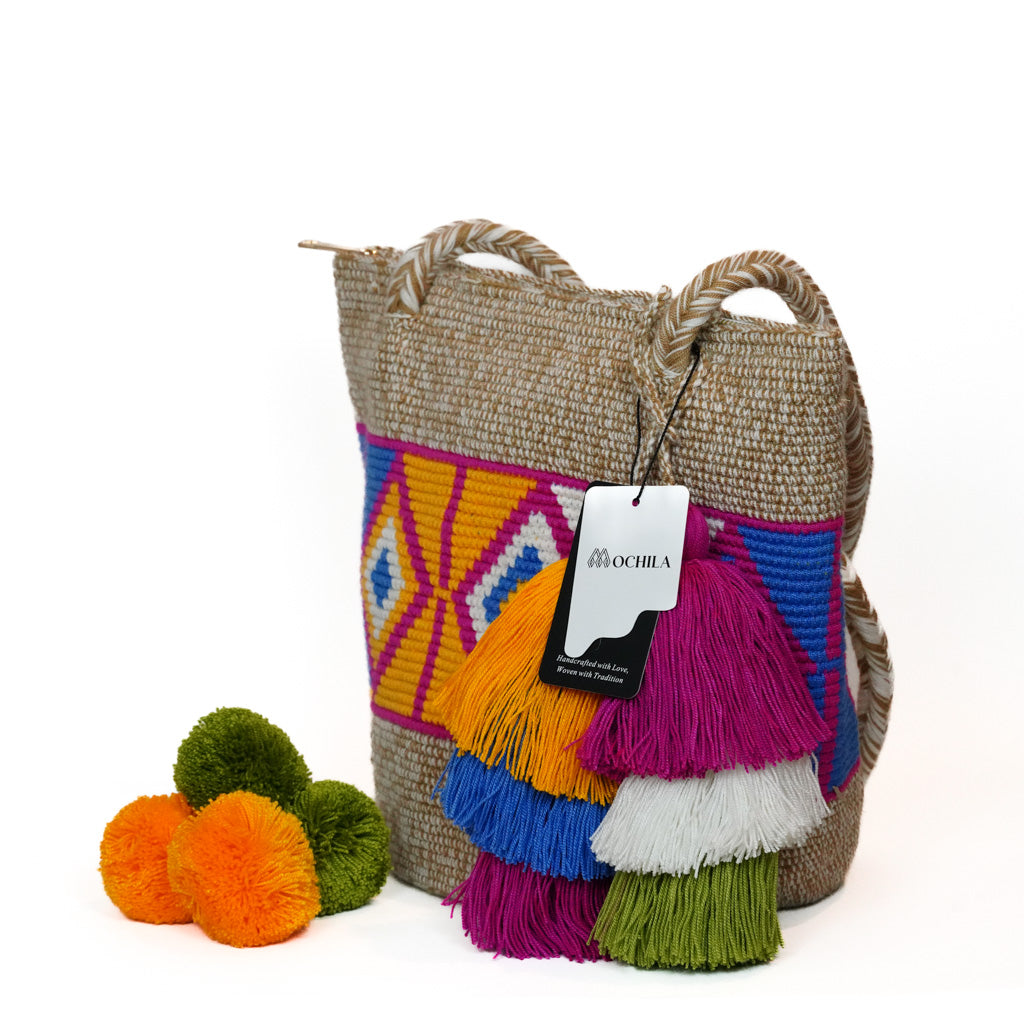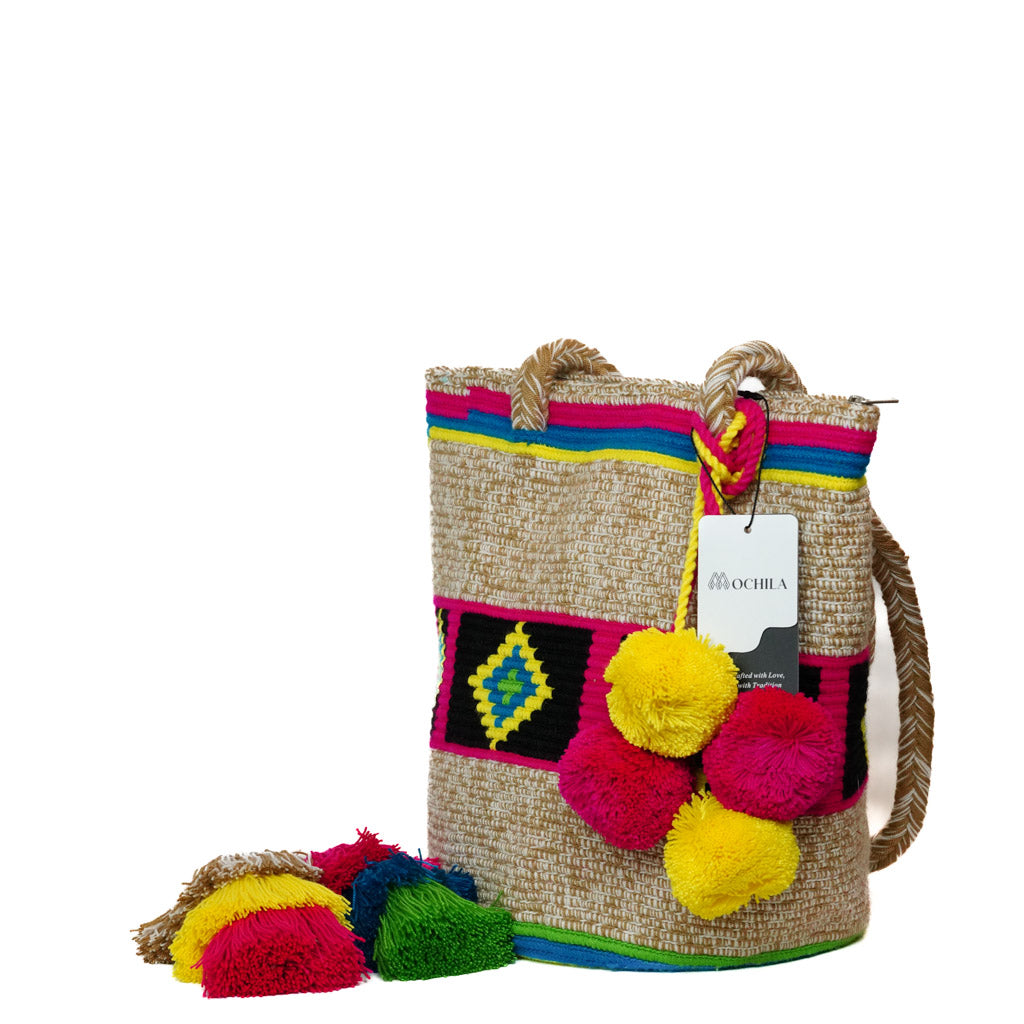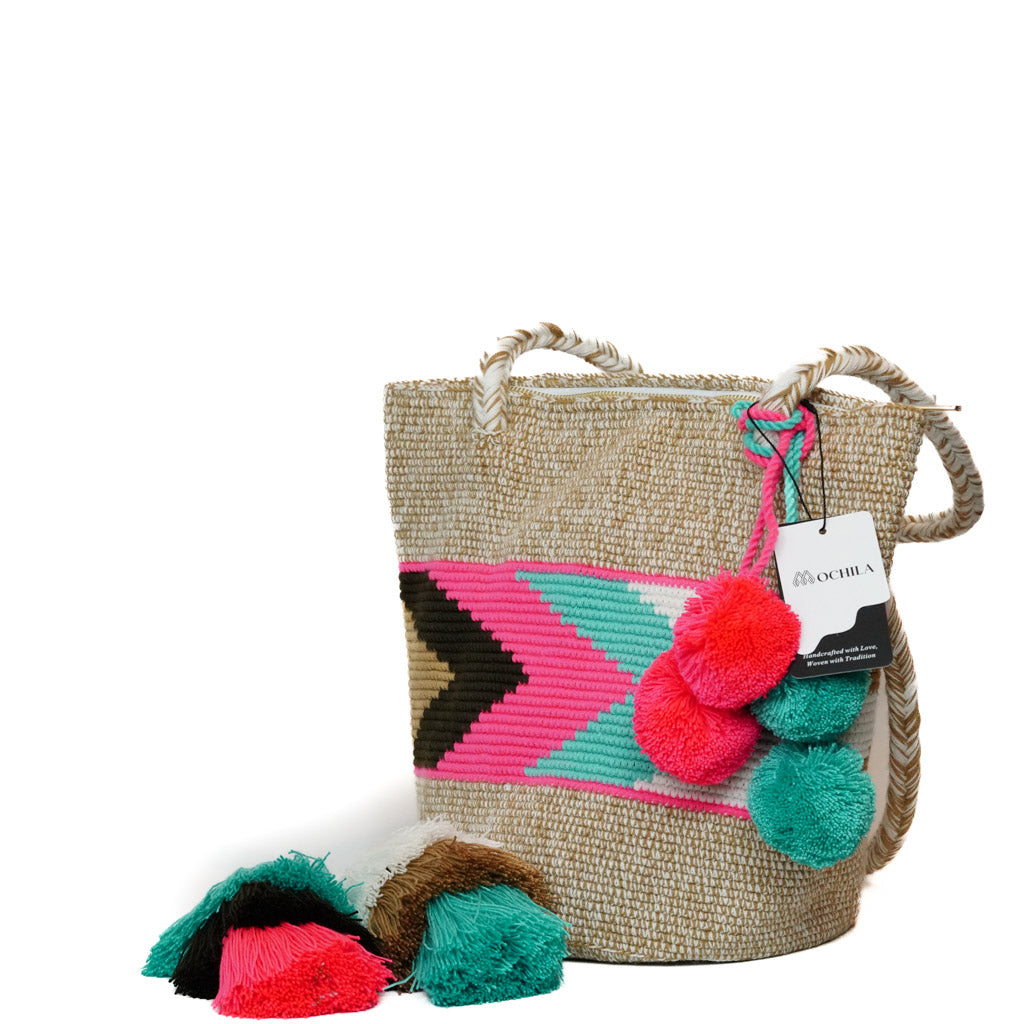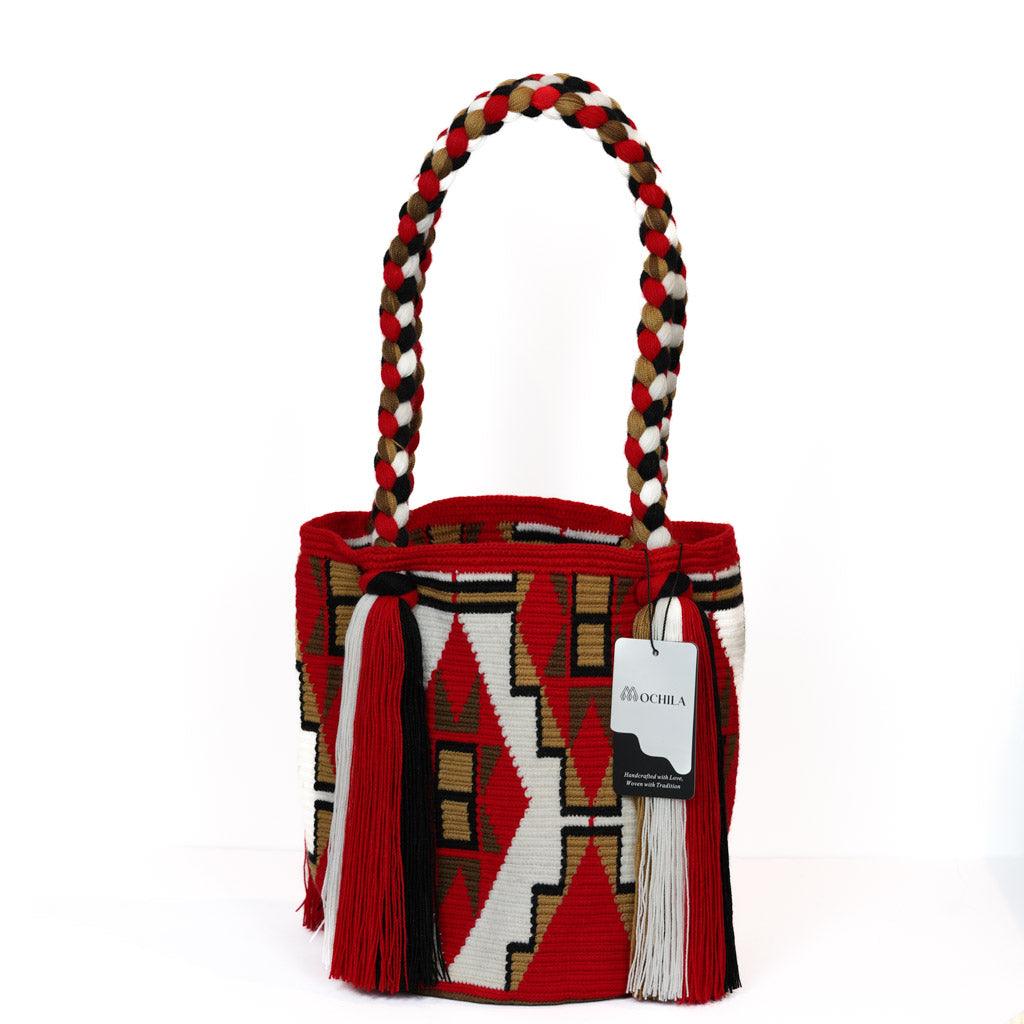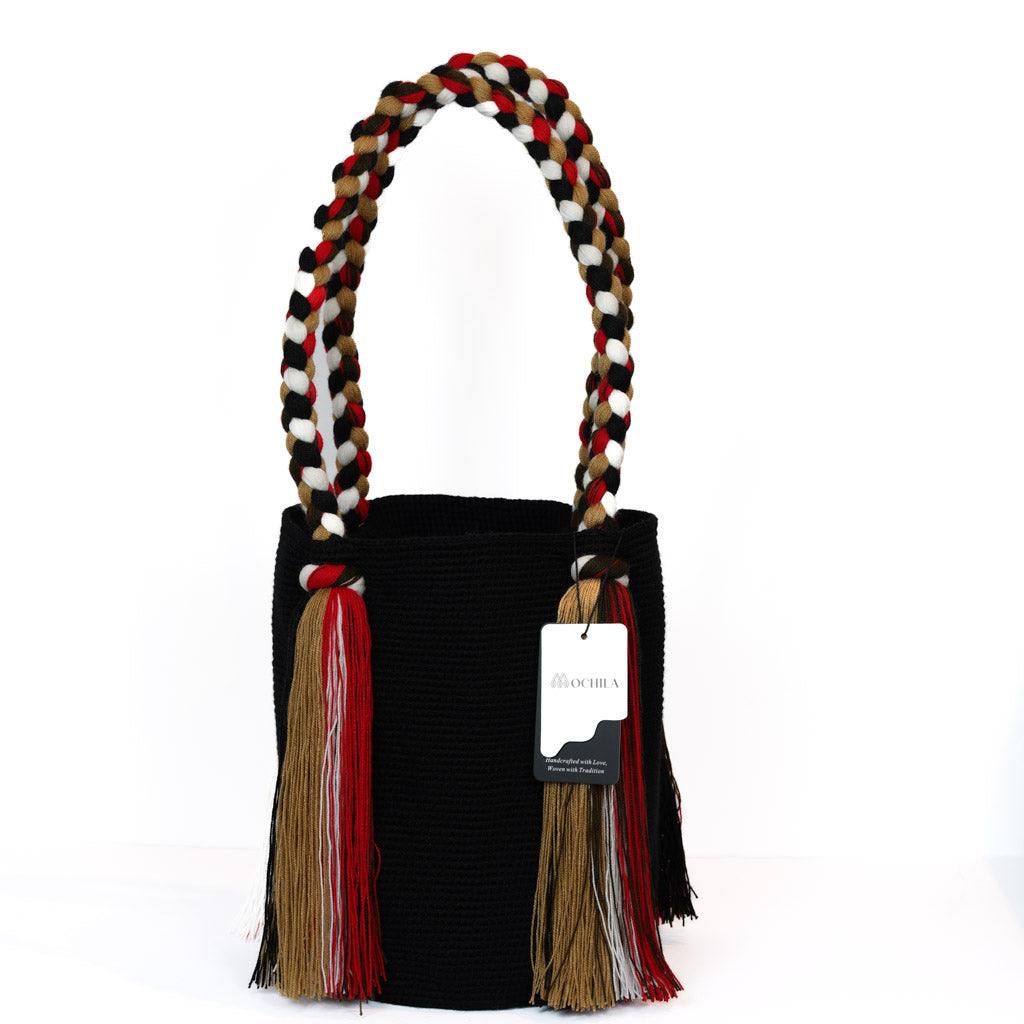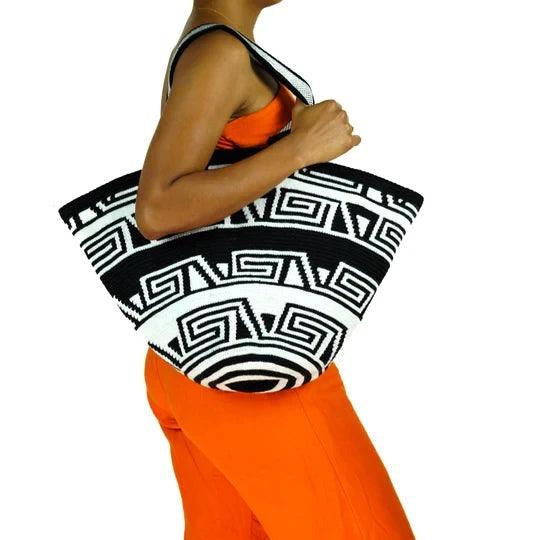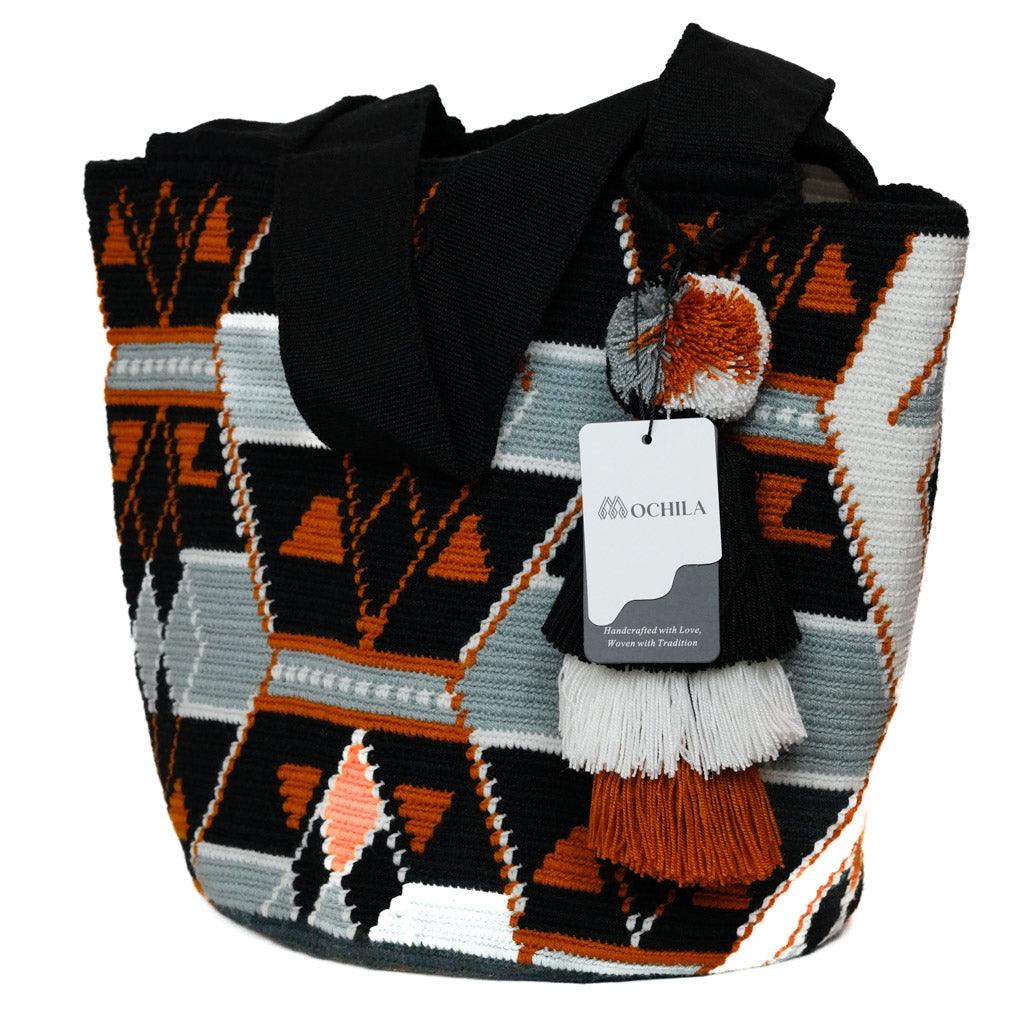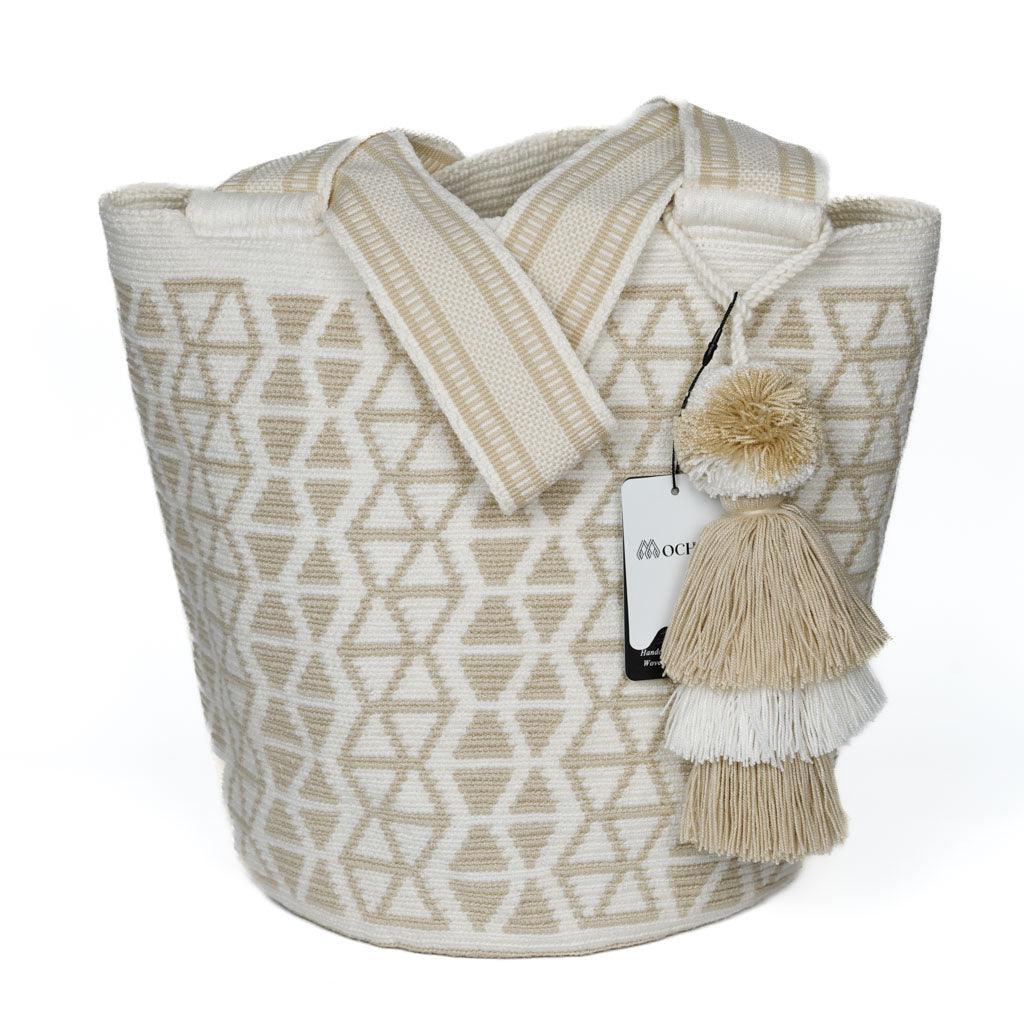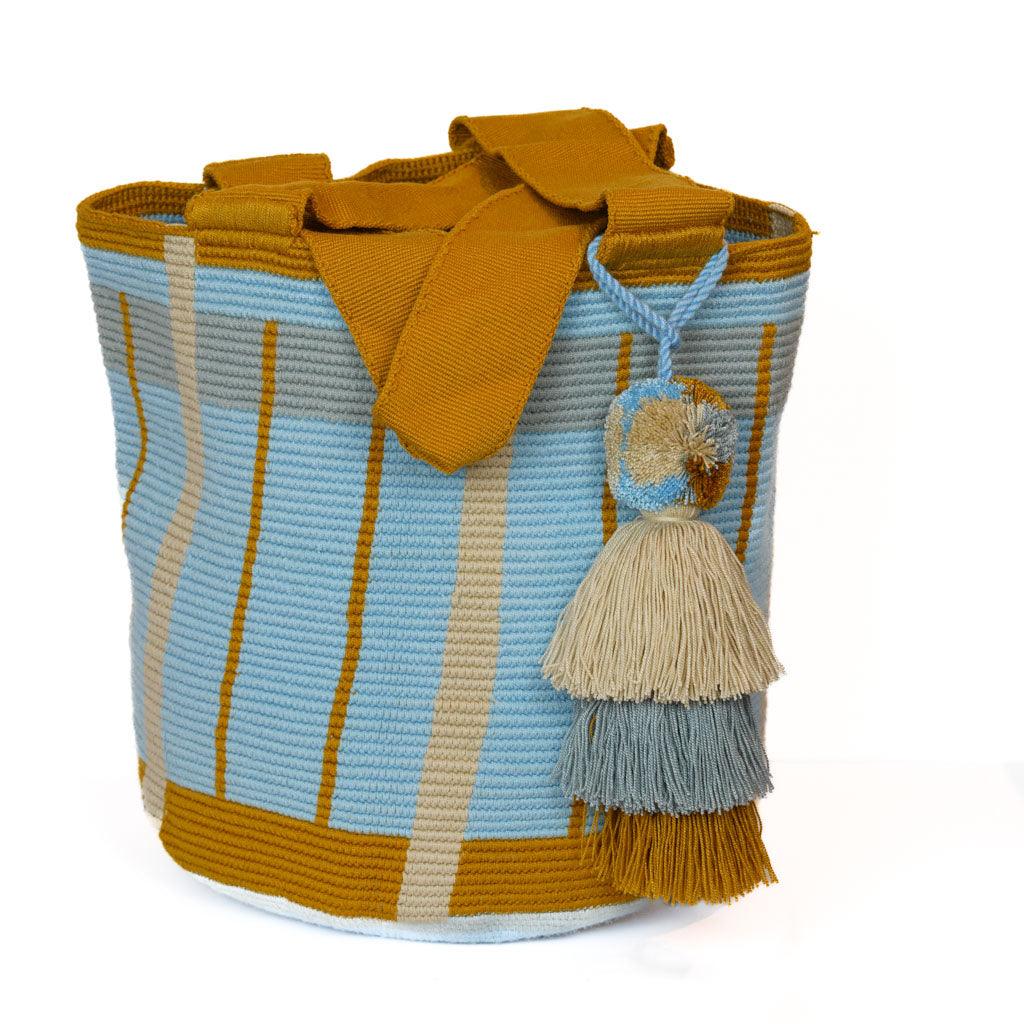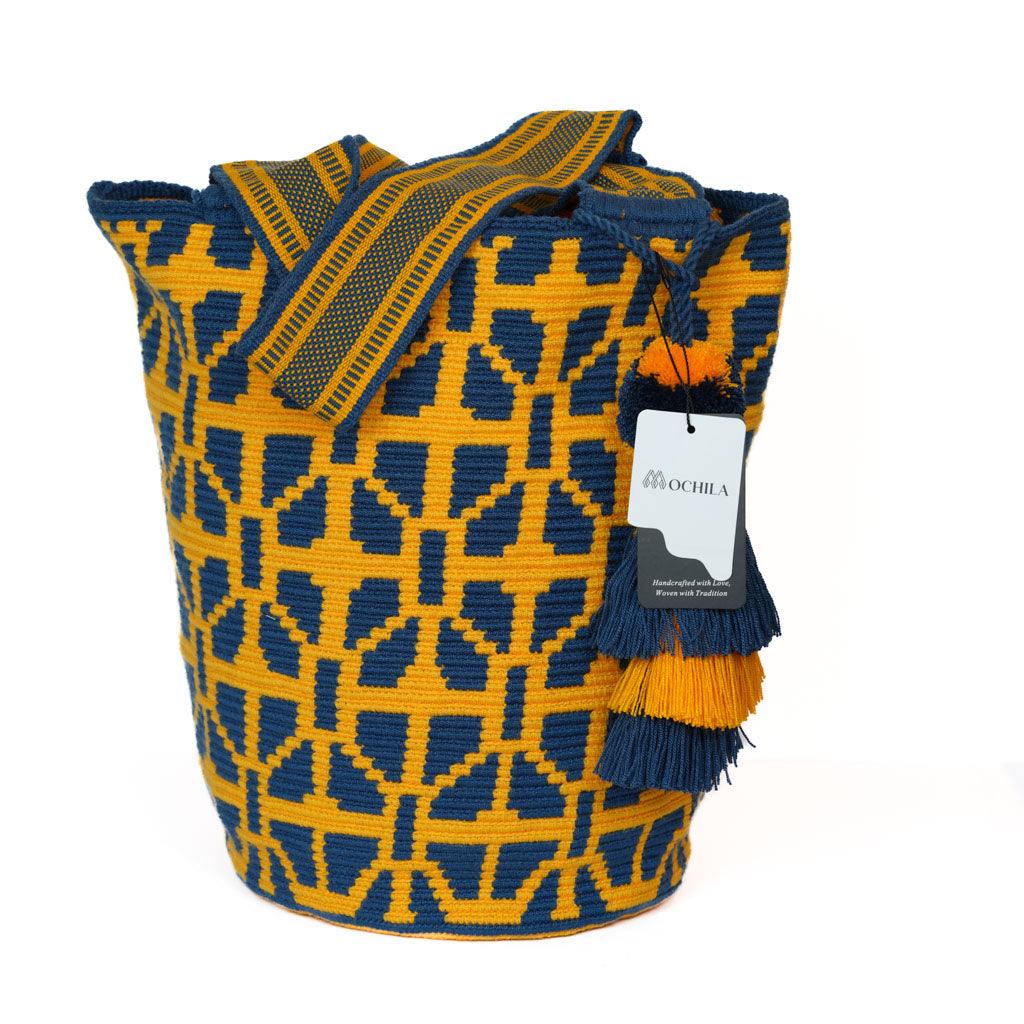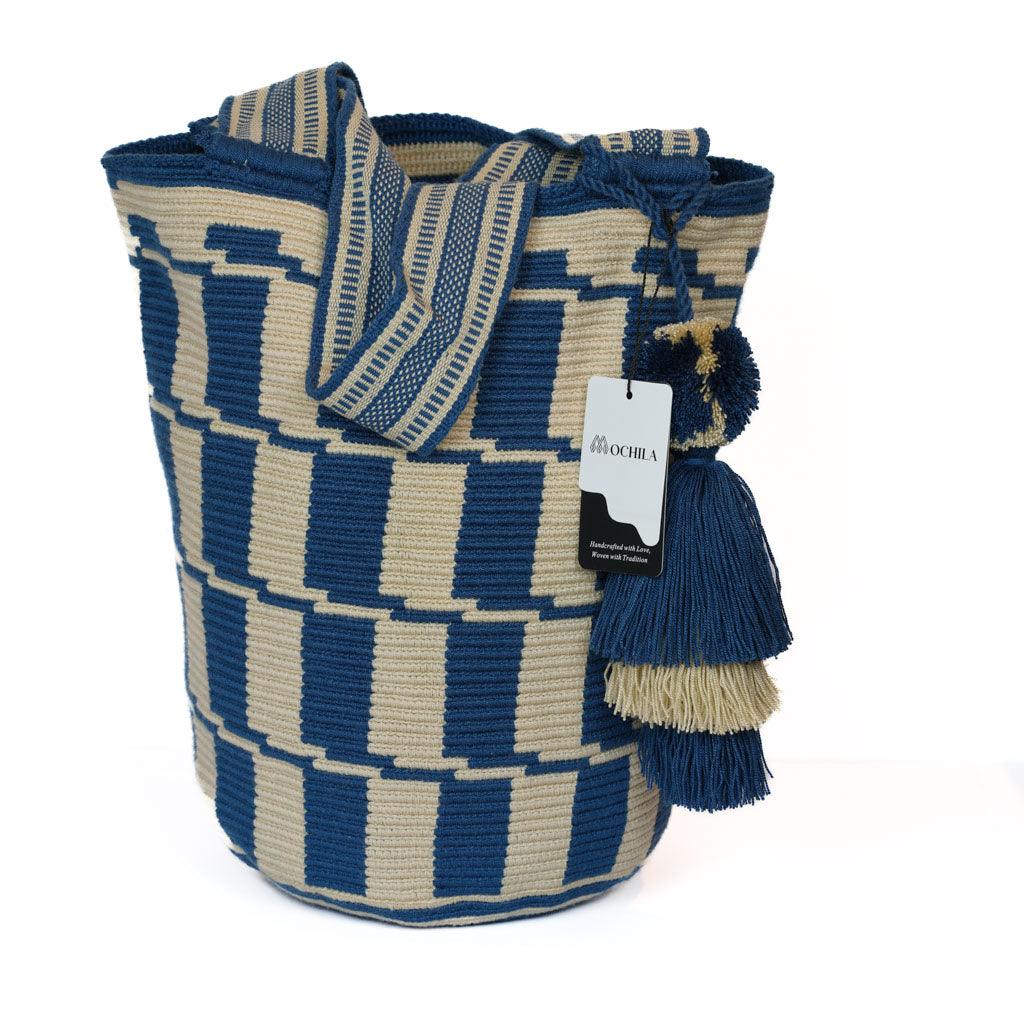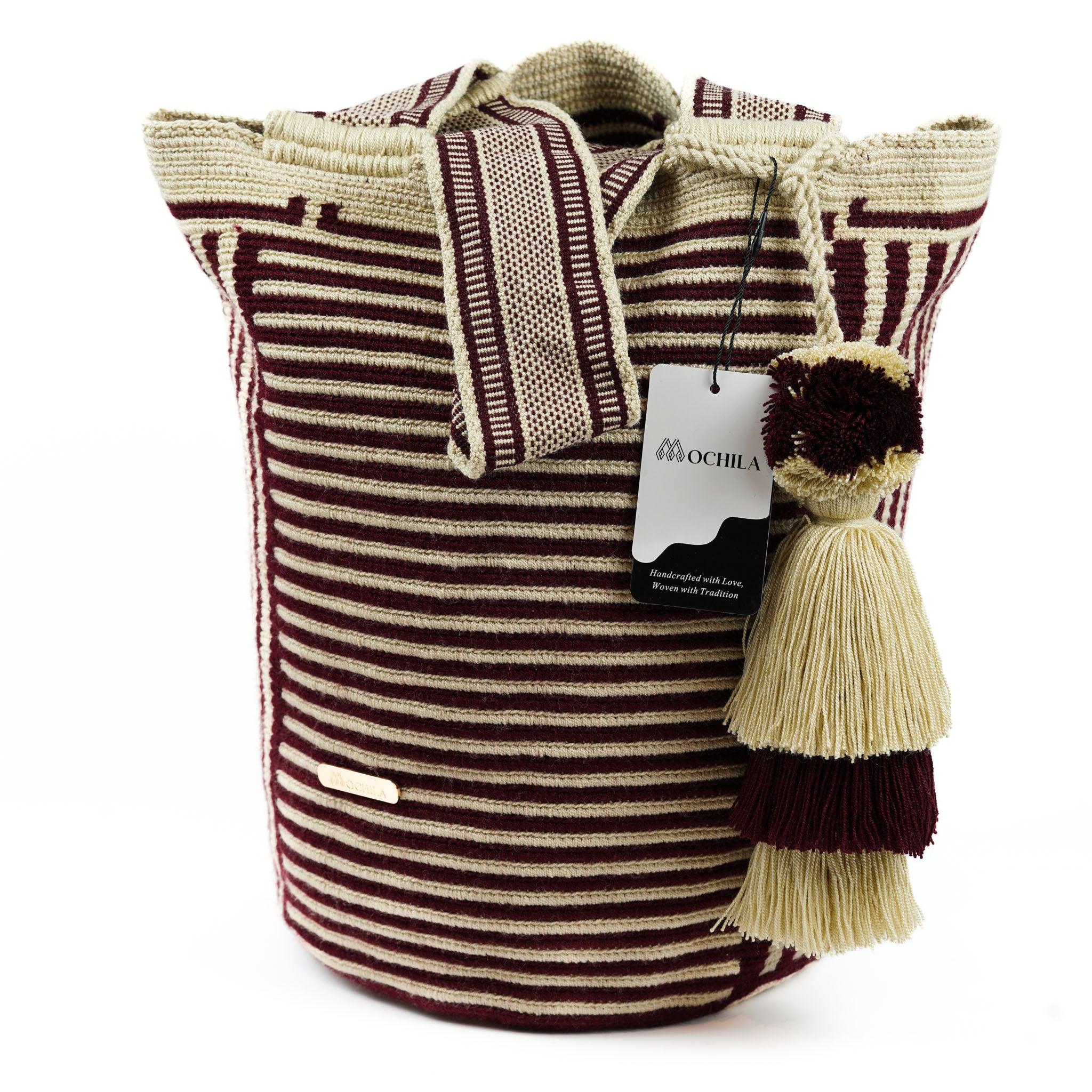Introduction to Crochet Hat Patterns
Crocheting hats is a skill that can offer immense satisfaction and warmth, quite literally. It's an art that can be tailored to suit any season, style, or individual. In this part of the article, we will delve into the importance of understanding patterns and will introduce the basic terms and abbreviations used in crochet hat patterns.
Importance of Understanding Patterns
Learning how to crochet patterns for hats is an essential step in your crochet journey. It forms the basis of creating a variety of hat designs, each unique and customizable according to personal preference. Understanding patterns can seem daunting at first, but with time and practice, it becomes an effortless part of the process.
Patterns provide a roadmap to your final product. They guide you on the type of yarn to use, the size of the crochet hook needed, the various stitches involved, and the sequence to follow. They also give an indication of the complexity of the design, helping you choose projects that match your skill level.
Basic Terms and Abbreviations Used in Patterns
Crochet patterns often use a series of abbreviations to represent different stitches or instructions. Familiarizing yourself with these terms can make reading patterns much easier and faster. Here are some basic terms and abbreviations that are commonly used in crochet hat patterns:
| Abbreviation | Full Form |
|---|---|
| ch | Chain |
| sc | Single Crochet |
| dc | Double Crochet |
| hdc | Half Double Crochet |
| sl st | Slip Stitch |
| st(s) | Stitch(es) |
| sp(s) | Space(s) |
| rnd(s) | Round(s) |
| rep | Repeat |
To further your understanding of these terms and how they are used in context, you can refer to our guide on how to crochet stitches.
Understanding crochet hat patterns is a fundamental aspect of honing your crochet skills. It opens up a world of creativity, allowing you to craft unique designs and customize them to your heart's content. So grab your crochet hook and yarn, and let's dive into the art of crocheting hats!
Getting Started with Crochet Hat Patterns
Once you've grasped the basics of how to crochet, you are ready to embark on the exciting journey of crafting your own crochet hat. The first step in mastering how to crochet patterns for hats involves selecting the right materials, which include the yarn and crochet hook.
Choosing the Right Yarn
Selecting the appropriate yarn is crucial as it determines the texture, warmth, and overall look of the hat. Yarns come in various types, including wool, cotton, acrylic, and blends of different fibers.
- Wool: Wool yarn is warm and elastic, making it a good choice for winter hats.
- Cotton: Cotton yarn is light and breathable, ideal for summer hats.
- Acrylic: Acrylic yarn is versatile and easy to care for, suitable for all seasons.
When choosing yarn for your crochet hat, consider the season, the wearer's preferences, and the intended style of the hat. For beginners, it's often recommended to start with a medium-weight yarn as it is easier to work with.
Selecting the Appropriate Crochet Hook
The size of the crochet hook you choose should correspond to the weight of your yarn. A larger hook creates looser stitches and works well with heavier yarns, while a smaller hook is better suited for lighter yarns to create tighter stitches.
Here’s a simple guide to help you match your yarn and hook:
| Yarn Weight | Suggested Hook Size |
|---|---|
| Lightweight (DK) | 3.5 - 4.5 mm |
| Medium Weight (Worsted) | 4.5 - 5.5 mm |
| Bulky Weight | 5.5 - 8 mm |
It's important to note that the hook size can also affect the size of the finished hat. To ensure a perfect fit, always make a gauge swatch before you start your project. If your gauge is larger than the pattern's gauge, try using a smaller hook; if it's smaller, use a larger hook.
Choosing the right yarn and hook is the first step in learning how to crochet patterns for hats. As you gain more experience, you'll be able to experiment with different types of yarns and hooks to achieve the desired results. But remember, no matter the complexity of the pattern or the variety of stitches involved, the key to successful crocheting lies in practice and patience. For more tips and guidance on your crochet journey, check out our articles on how to crochet stitches and how to determine crochet hook sizes.
Basic Crochet Stitches for Hats
When mastering how to crochet patterns for hats, it's essential to understand the basic crochet stitches frequently used. These fundamental stitches include the single crochet stitch, double crochet stitch, and half double crochet stitch.
Single Crochet Stitch
The single crochet stitch, often abbreviated as "sc" in crochet patterns, is the most basic of all crochet stitches. This stitch is compact and dense, making it a great choice for creating warm, cozy hats.
Here's a step-by-step guide on how to make a single crochet stitch:
- Start by making a foundation chain.
- Insert your crochet hook into the second chain from the hook.
- Yarn over and pull through the chain. You should have two loops on your hook.
- Yarn over again and pull through both loops on your hook.
You've just completed one single crochet stitch. Repeat these steps throughout the row.
Double Crochet Stitch
The double crochet stitch, abbreviated as "dc", is twice as tall as the single crochet stitch. It creates a more open, airy fabric, making it a great choice for lighter, more breathable hats.
Here's how to make a double crochet stitch:
- Yarn over your crochet hook.
- Insert your hook into the third chain from the hook.
- Yarn over and pull through the chain. You should have three loops on your hook.
- Yarn over and pull through the first two loops on your hook. You should now have two loops on your hook.
- Yarn over again and pull through the remaining two loops on your hook.
You've just made one double crochet stitch. Repeat these steps throughout the row.
Half Double Crochet Stitch
The half double crochet stitch, abbreviated as "hdc", is a stitch that sits between the height of the single and double crochet stitches. It provides a nice, textured fabric that's ideal for hats.
Here's how to do a half double crochet stitch:
- Yarn over your crochet hook.
- Insert your hook into the third chain from the hook.
- Yarn over and pull through the chain. You should have three loops on your hook.
- Yarn over again and pull through all three loops on your hook.
You've now created a half double crochet stitch. Repeat these steps throughout the row.
Understanding these basic crochet stitches is fundamental to mastering how to crochet patterns for hats. With this knowledge, you can start practicing and gradually move on to more complex patterns. Don't forget to check out our articles on how to crochet and how to crochet stitches for more detailed guides.
Reading and Interpreting Hat Patterns
When you dive into the world of crochet hats, understanding and interpreting patterns is a fundamental skill. Patterns provide step-by-step instructions that guide you through each stage of creating the hat. They also contain key information such as the type of yarn, hook size, and the number of stitches needed.
Understanding Pattern Instructions
A typical crochet pattern for hats will start by specifying the type of yarn and the size of the crochet hook needed. This information is crucial because different yarns and hook sizes can significantly affect the final outcome of your hat. You can learn more about selecting the appropriate yarn and crochet hooks in our articles on how to crochet and how to determine crochet hook sizes.
Next, the pattern will outline the number of stitches needed to create the hat. This includes the starting chain and the stitches needed for each subsequent round. The pattern will also indicate how many rounds are needed to complete the hat.
The pattern instructions will then guide you through the process of creating the hat, round by round. They will specify the type of stitches to use (such as single crochet or double crochet), as well as any special techniques or stitch combinations needed.
In addition to reading the instructions, it's important to visualize the process. This can help you understand how the hat will take shape as you follow the pattern.
Deciphering Pattern Abbreviations
Crochet patterns often use abbreviations to represent common terms and stitches. For example, 'sc' usually stands for single crochet, 'dc' for double crochet, and 'hdc' for half double crochet.
Here are some common abbreviations you may come across:
| Abbreviation | Full Term |
|---|---|
| ch | chain |
| sc | single crochet |
| dc | double crochet |
| hdc | half double crochet |
| sl st | slip stitch |
| st(s) | stitch(es) |
| rnd(s) | round(s) |
| rep | repeat |
Understanding these abbreviations is crucial for following the pattern correctly. If you come across an abbreviation you don't understand, refer back to the pattern's list of abbreviations or check out our article on how to crochet stitches.
Remember, learning how to crochet patterns for hats takes time and practice. So, take it one stitch at a time, and soon you'll be crafting beautiful crochet hats with ease.
Tips to Master Crochet Hat Patterns
Learning how to crochet patterns for hats can initially seem daunting. However, with some patience, practice, and the right approach, anyone can master this skill.
Practice Makes Perfect
As with any new skill, practice is the key to mastery. Crocheting requires the development of fine motor skills and hand-eye coordination, both of which improve with repetition. Begin by practicing basic stitches until they become second nature. This includes popular stitches used in hat patterns, such as single crochet, double crochet, and half double crochet. If you need a refresher on these stitches, you can refer to our guide on how to crochet stitches.
Starting with Simple Patterns
When starting out with hat patterns, it's best to begin with simple designs. Choose patterns that primarily use basic stitches and have a clear, easy-to-understand structure. This allows you to focus on mastering the basics of crocheting a hat, including understanding how to increase and decrease stitches to create the hat's shape. Our guide on how to crochet for beginners can provide an excellent starting point.
Gradually Moving to More Complex Patterns
Once you are comfortable with simple hat patterns, you can begin to explore more complex designs. These might include patterns that incorporate a variety of stitches, color changes, or unique shaping techniques. Start with patterns that introduce one new element at a time, allowing you to gradually expand your skills without becoming overwhelmed.
Remember, the goal is not to rush but to enjoy the process of creating something by hand. Every stitch, row, and finished project is an accomplishment, bringing you one step closer to mastering how to crochet patterns for hats. For more inspiration and patterns to practice with, check out our collection of crochet patterns for different projects, from how to crochet patterns for blankets to how to crochet patterns for scarves.
Troubleshooting Common Issues
When you are learning how to crochet patterns for hats, it's normal to encounter a few hiccups along the way. From minor mistakes in your stitches to difficulties in adjusting patterns for different sizes, these challenges can sometimes be daunting. But don't worry, with a little bit of practice and some handy tips, you can overcome these issues with ease.
Correcting Mistakes
Every crocheter, regardless of their skill level, makes mistakes from time to time. Whether it's a missed stitch or a wrong stitch, these errors can affect the final outcome of your hat. Fortunately, correcting mistakes in crochet is relatively straightforward once you know how.
If you notice a mistake in a row you've just completed, the simplest way to correct it is by undoing the stitches until you reach the error. This process is known as "frogging" in the crochet world, named after the sound frogs make, as you "rip it, rip it" back to where the mistake occurred. Once you've corrected the mistake, you can then rework the stitches following your pattern.
For more in-depth tips, our article on how to crochet provides helpful advice on fixing common crochet mistakes.
Adapting Patterns to Fit Different Sizes
One common challenge when crocheting hats is adjusting the pattern to fit different head sizes. This can be particularly tricky if the pattern you're working with doesn't provide instructions for multiple sizes.
To adapt a hat pattern, you'll first need to understand the size of the hat you want to create. Hat sizes are typically determined by the circumference of the head. Here's a simple table to guide you:
| Age Group | Head Circumference (inches) |
|---|---|
| Baby (0-6 months) | 13-15 |
| Baby (6-12 months) | 16-18 |
| Toddler (1-3 years) | 18-20 |
| Child (3-10 years) | 19-21 |
| Teen | 20.5-22 |
| Adult Woman | 21.5-22.5 |
| Adult Man | 23-24 |
Once you know the head circumference, you can adjust the number of initial chains and increase rounds in your pattern accordingly. Remember, crochet has some stretch, so it's often better for the finished hat to be a little smaller than the actual head circumference for a snug fit.
For more detailed instructions on resizing crochet hat patterns, our article on how to crochet for beginners provides a comprehensive guide.
Mastering the art of correcting mistakes and adapting patterns are key steps in learning how to crochet patterns for hats. With patience and practice, you'll be able to navigate these common issues, producing beautiful, perfectly-sized crochet hats every time.
Crafting Unique Hat Designs
Once you've mastered the basic techniques of how to crochet patterns for hats, it's time to add your unique touch. This section will guide you through adding personal touches to patterns, experimenting with different stitch combinations, and using colors to enhance designs.
Adding Personal Touches to Patterns
Customizing a crochet hat pattern allows you to create a unique piece that truly reflects your style. This could be as simple as adding decorative elements such as pom-poms, braids, or tassels to the finished hat. You could also incorporate textured stitches to give your hat a distinctive look.
For instance, you might choose to add a ribbed band to a basic beanie pattern or incorporate a cable stitch pattern for a more complex design. Adding these personal touches not only enhances the aesthetics of the hat but also allows you to express your creativity.
Experimenting with Different Stitch Combinations
Experimenting with different stitch combinations can also add visual interest to your crochet hat. Combining basic stitches like the single, double, and half double crochet in various ways can create a wide range of textures and patterns.
For example, alternating between single and double crochet stitches within a row can create a unique texture. Similarly, using the half double crochet stitch in the front or back loops can create a ribbed effect. The possibilities are endless, and the more you experiment, the more unique your hat designs will become.
If you need a refresher on these stitches, check out our guide on how to crochet stitches.
Using Colors to Enhance Designs
Color plays a crucial role in crochet hat designs. By carefully choosing your yarn colors, you can significantly enhance the visual appeal of your hat. You might choose to work with a single color for a minimalist design or use multiple colors to create stripes, color blocks, or gradient effects.
The color changes can be made at the start of a new row or within the same row for different effects. Keep in mind that color changes should be planned ahead to ensure a smooth transition and a neat finish.
Remember, crafting unique hat designs is all about creativity and personal expression. Don't be afraid to experiment and try new things. The more you practice and explore, the more skilled you'll become at creating beautiful, custom crochet hats.

